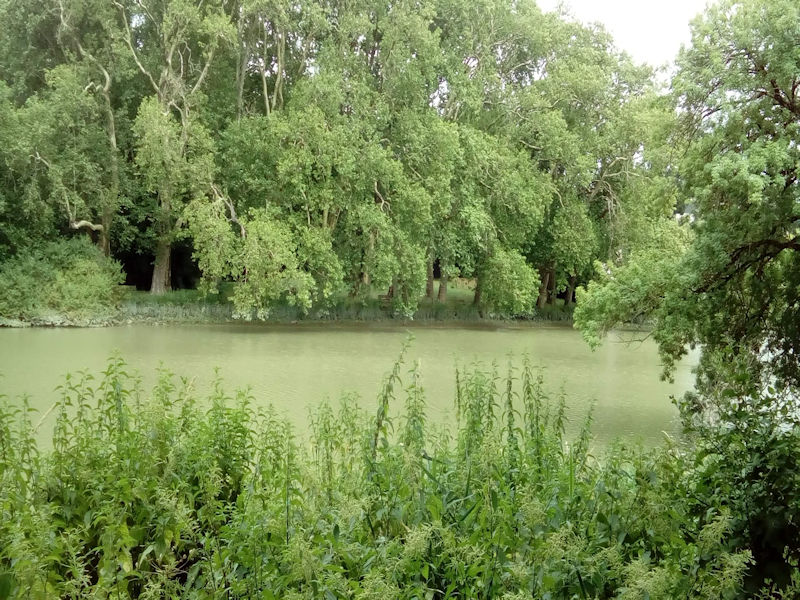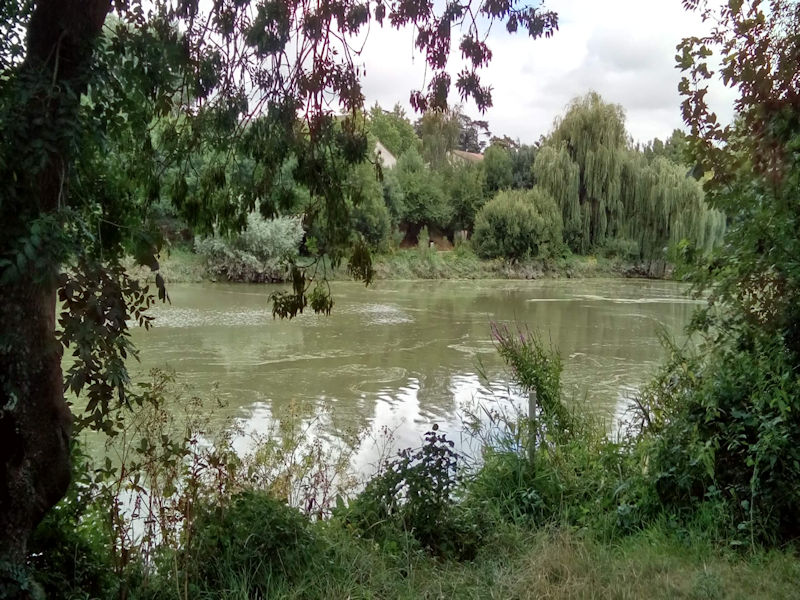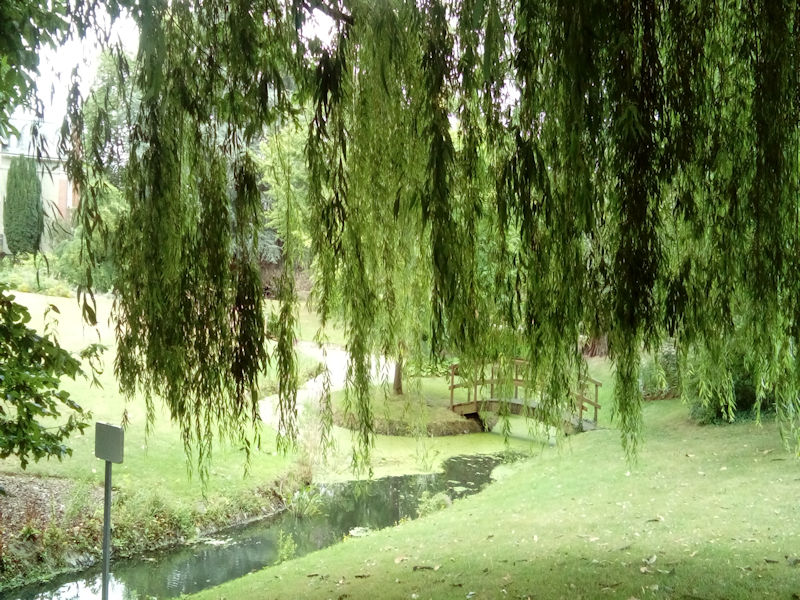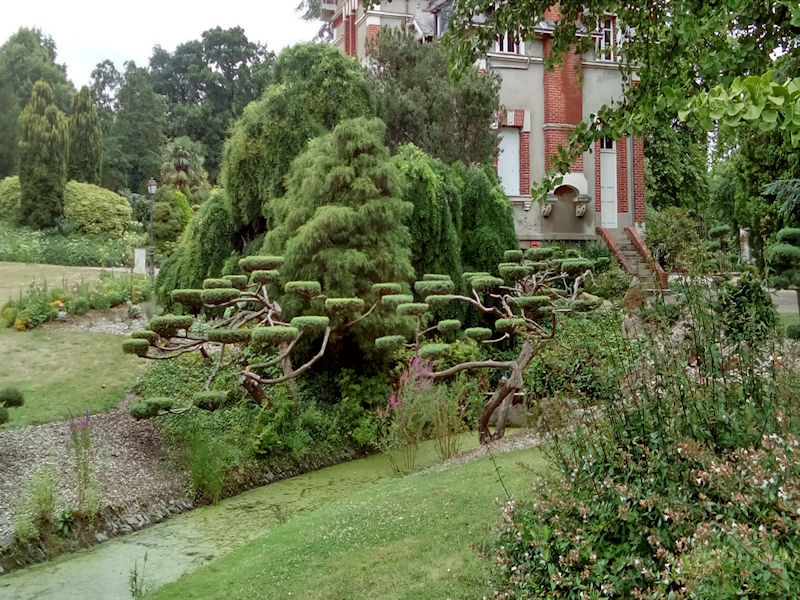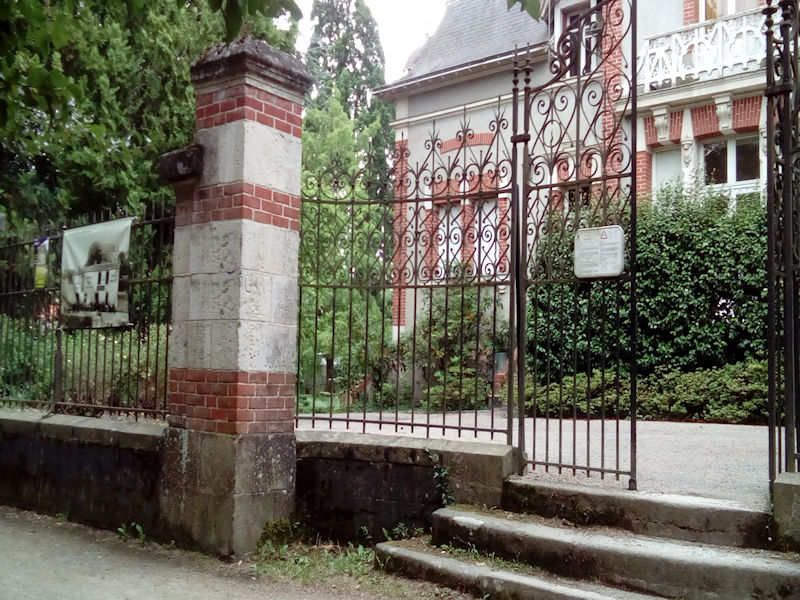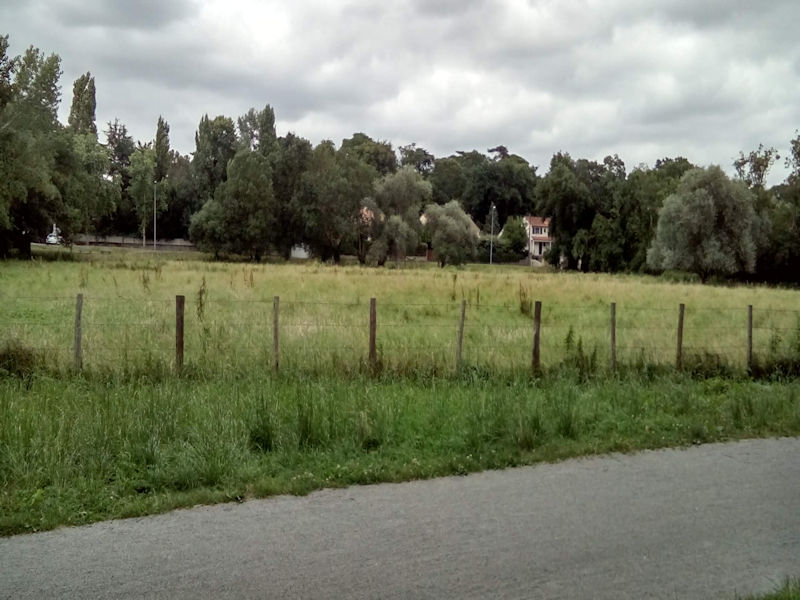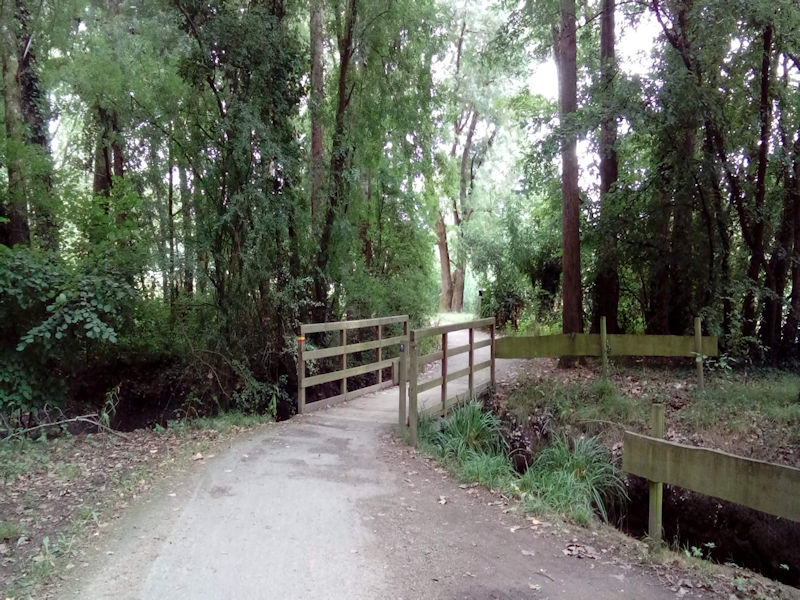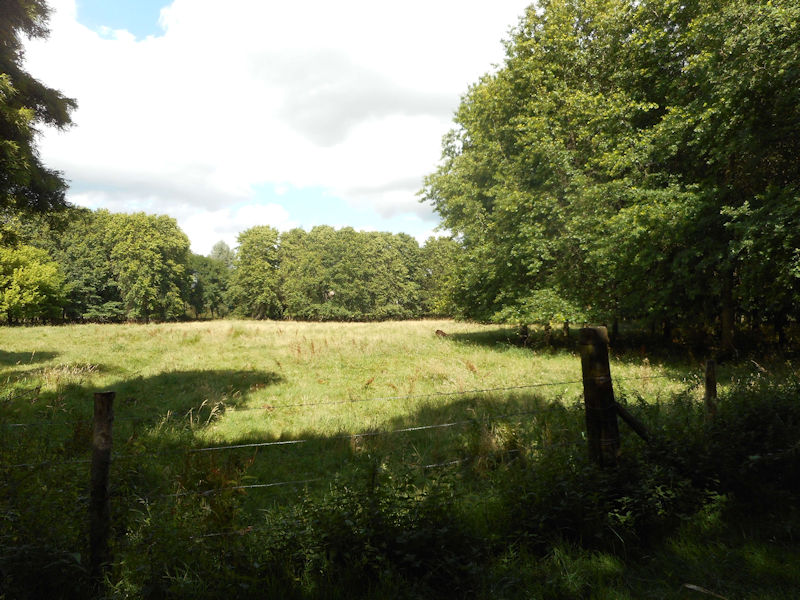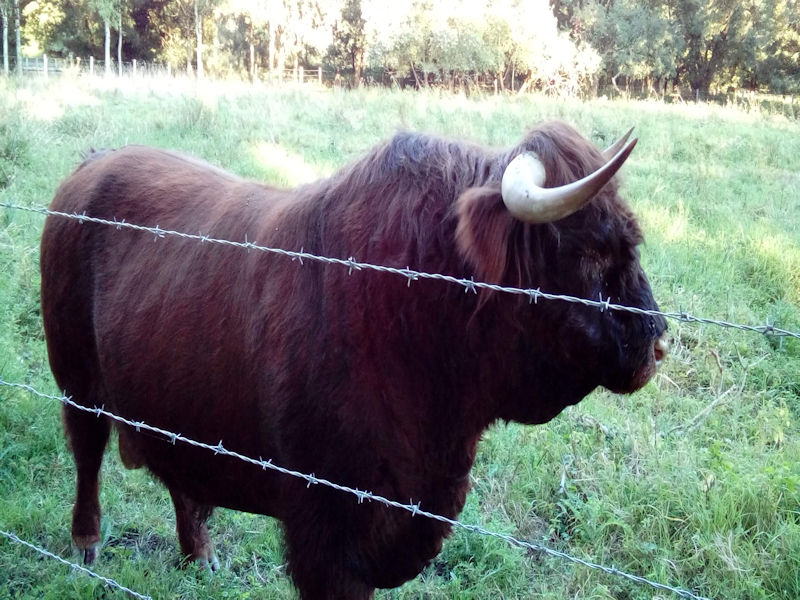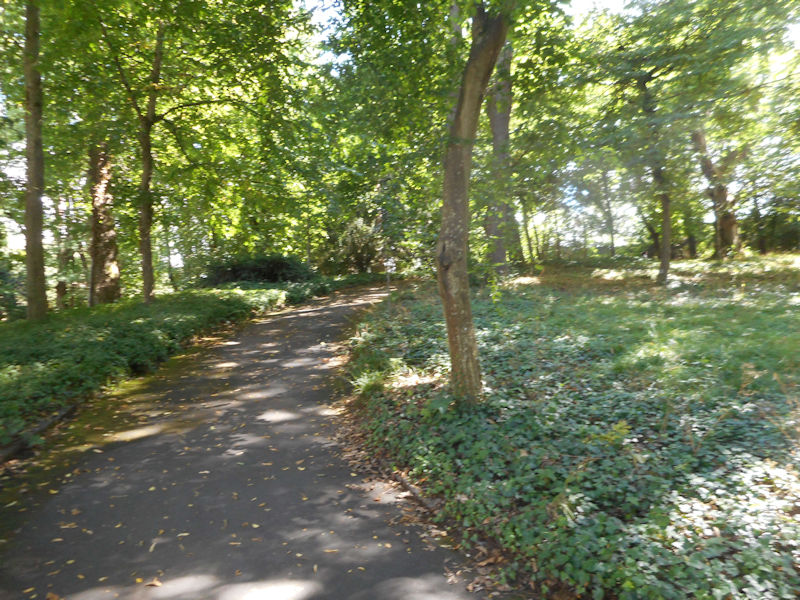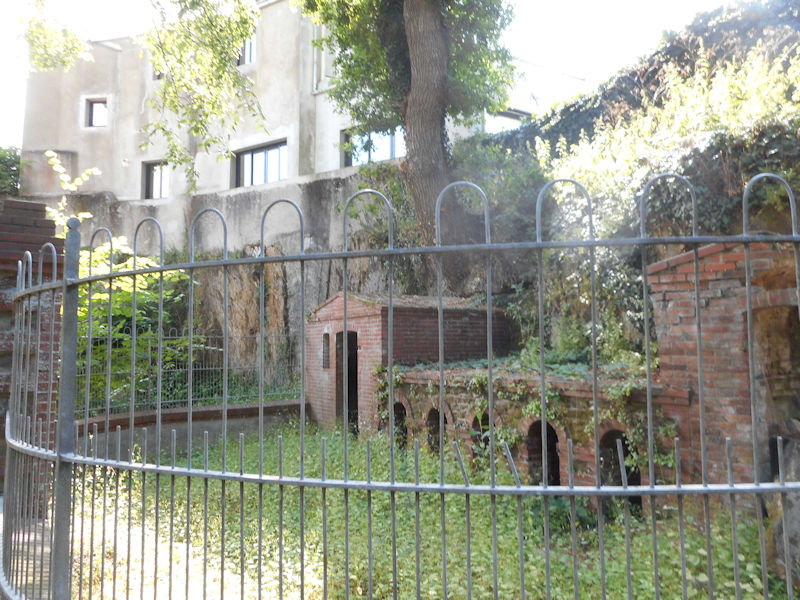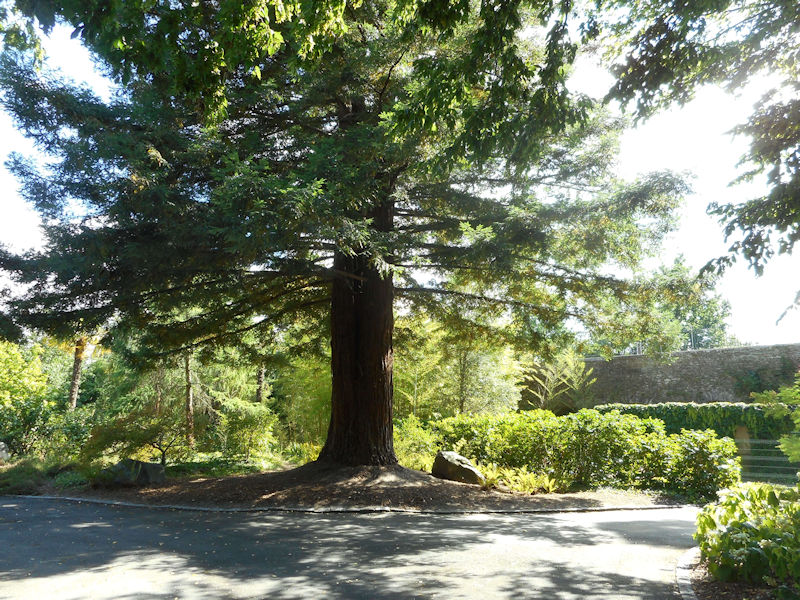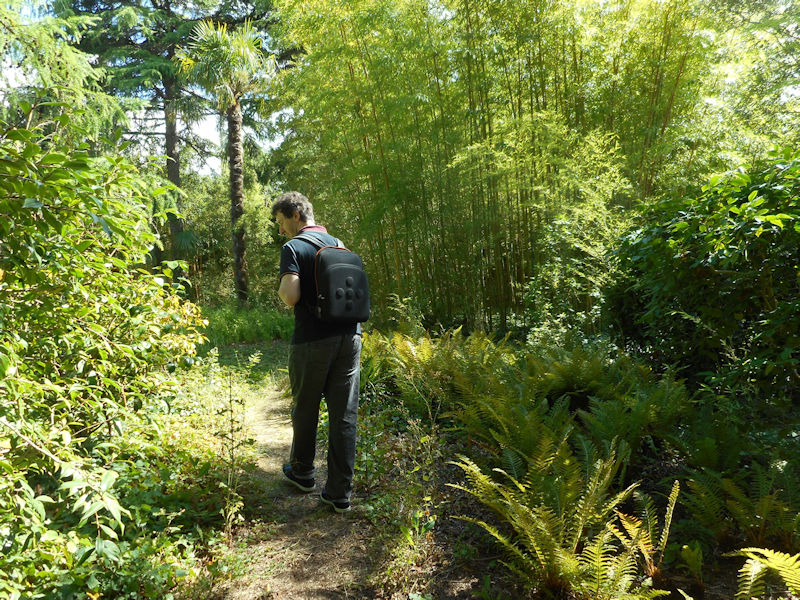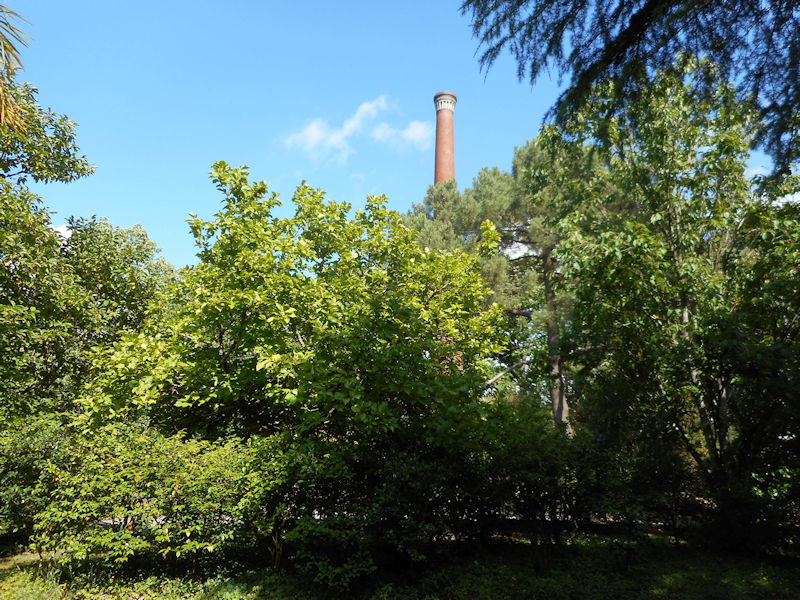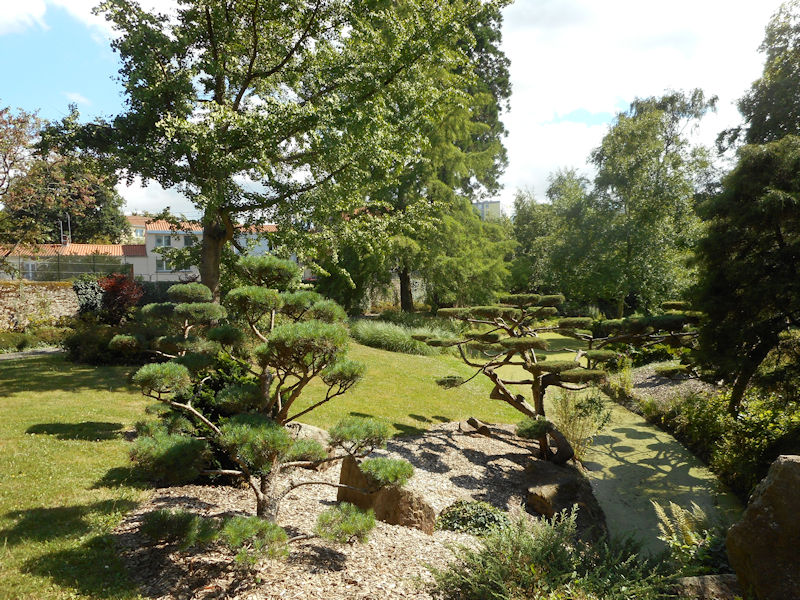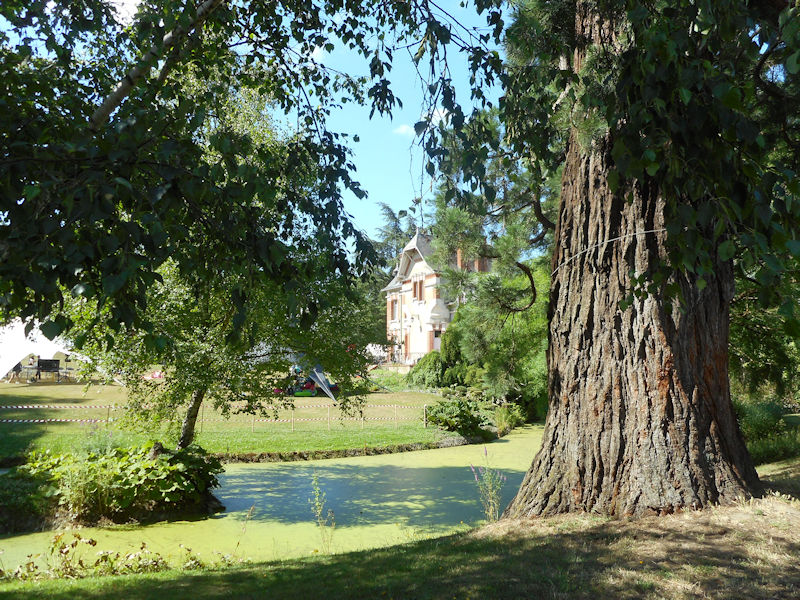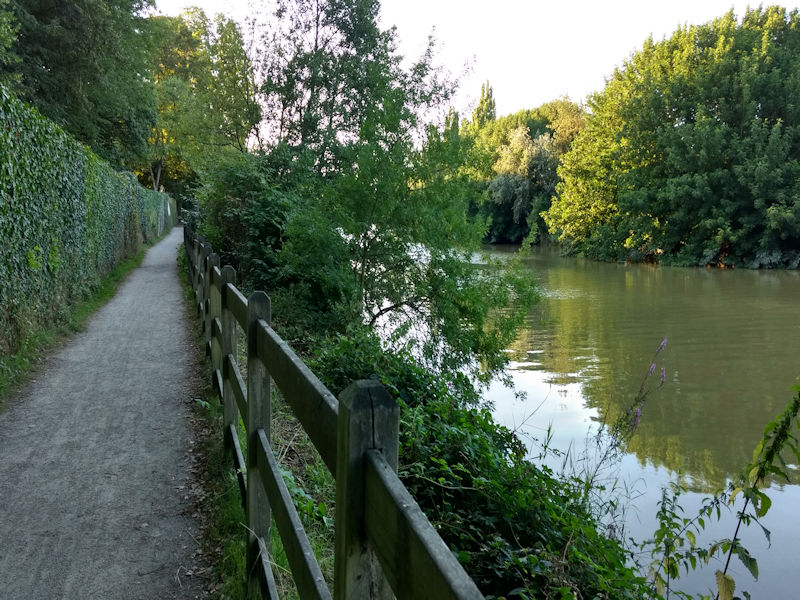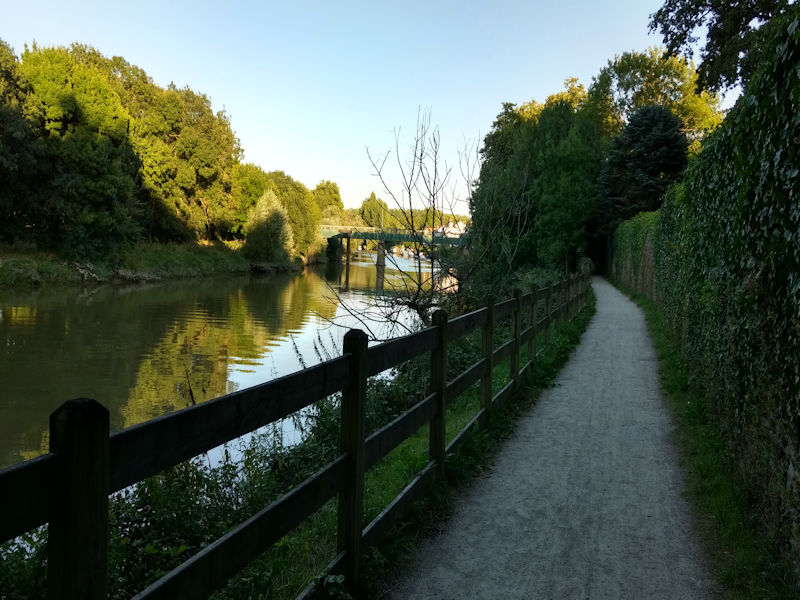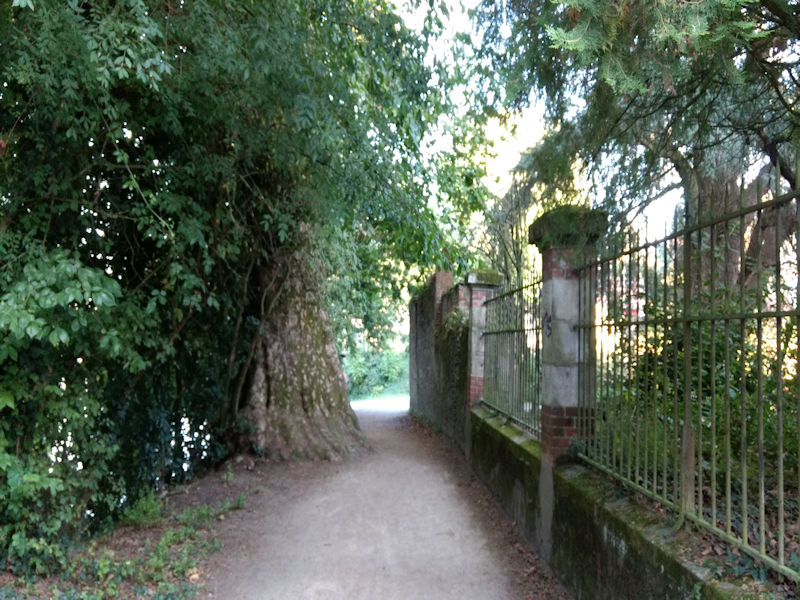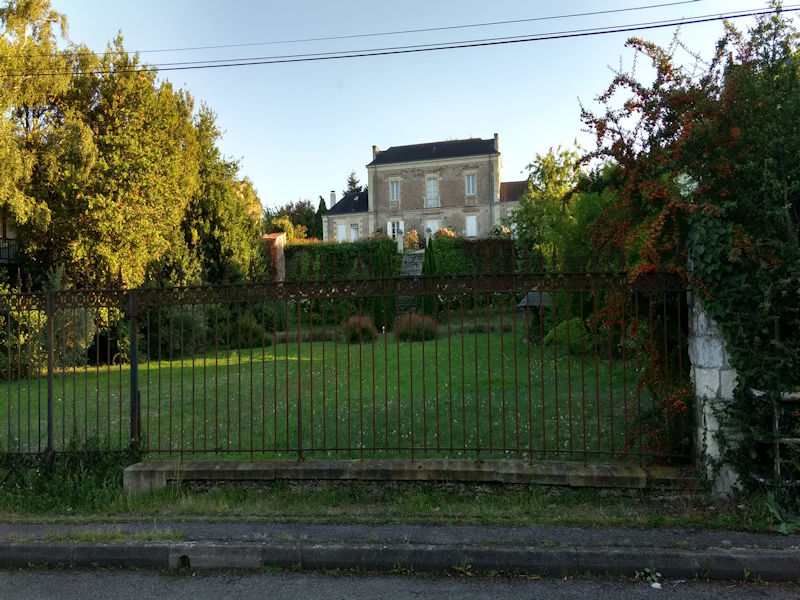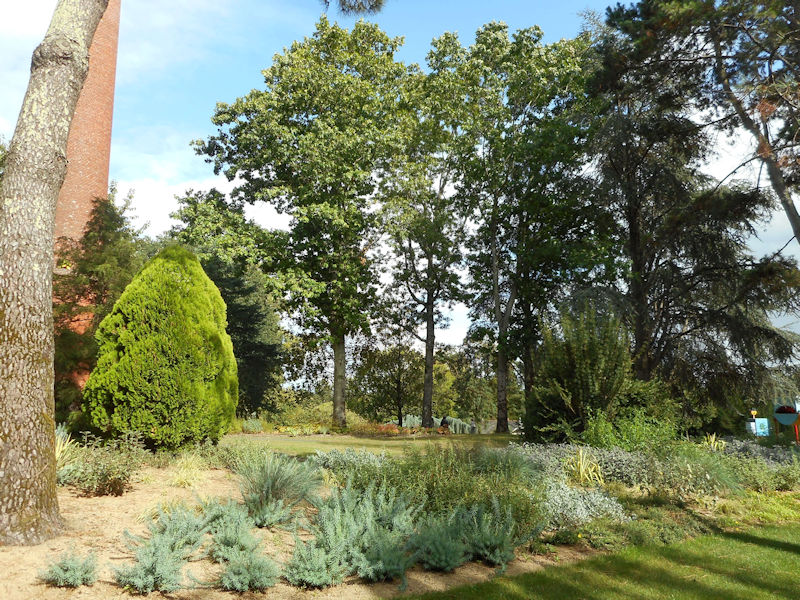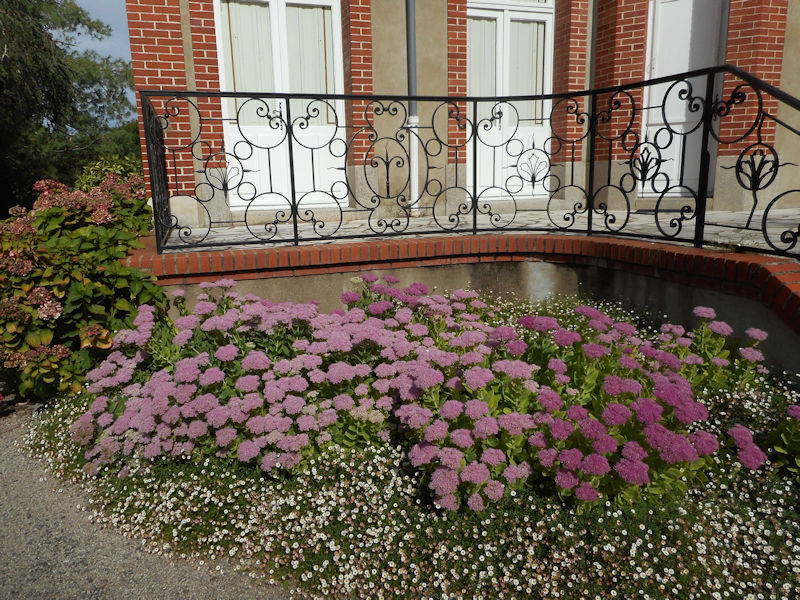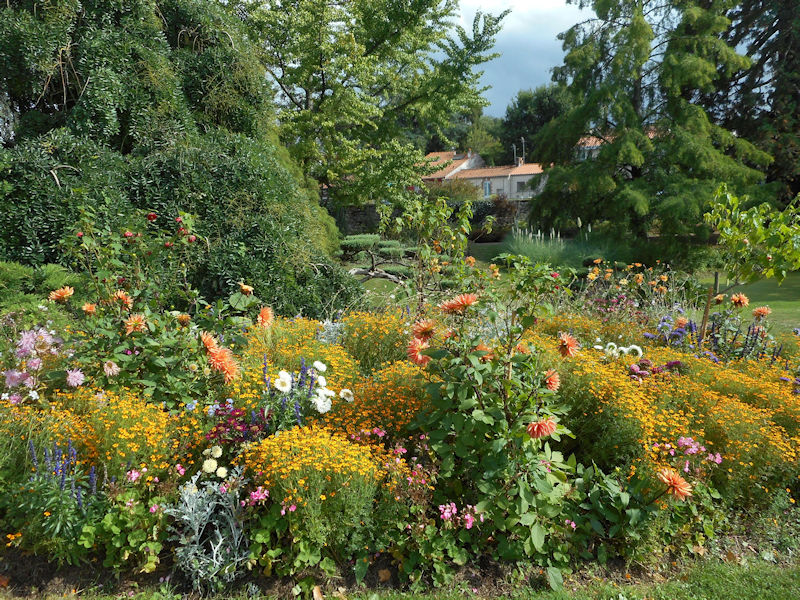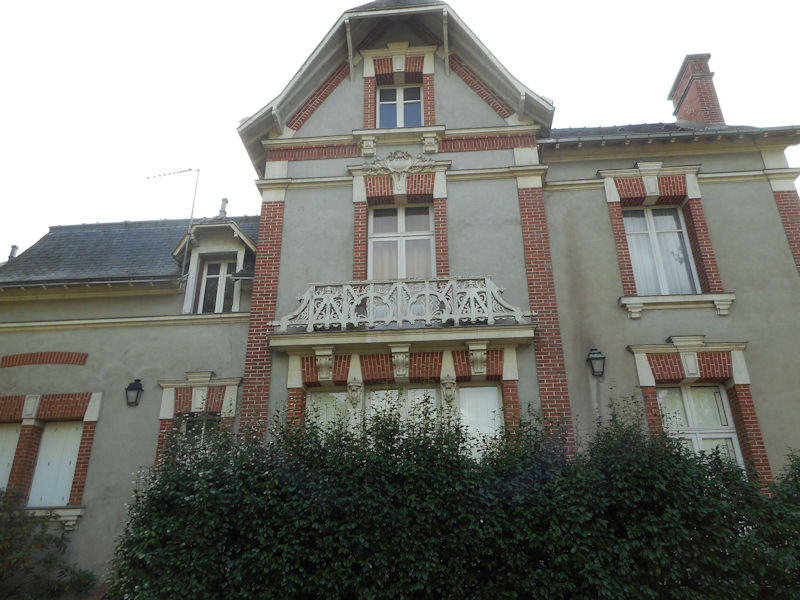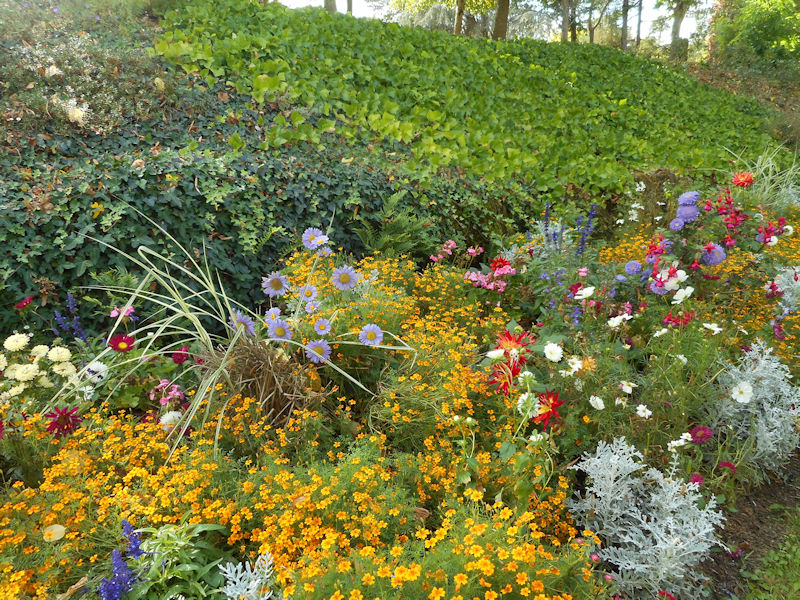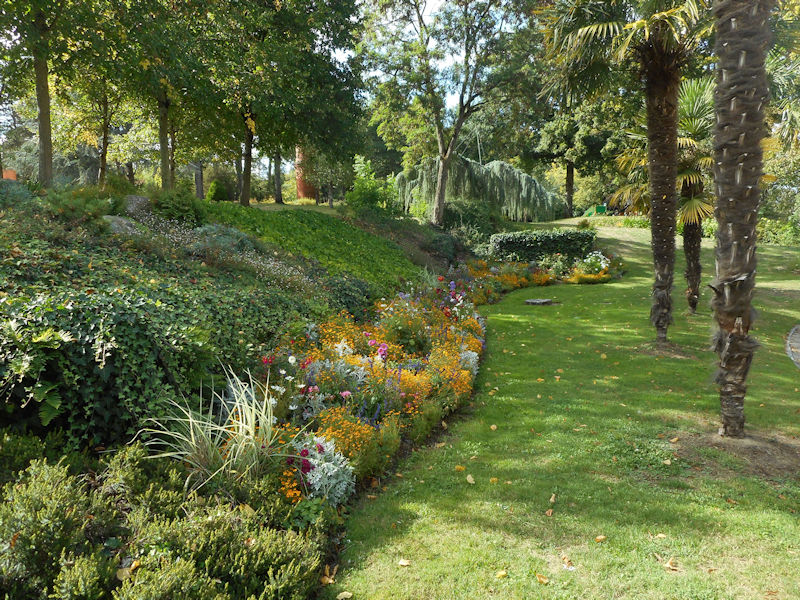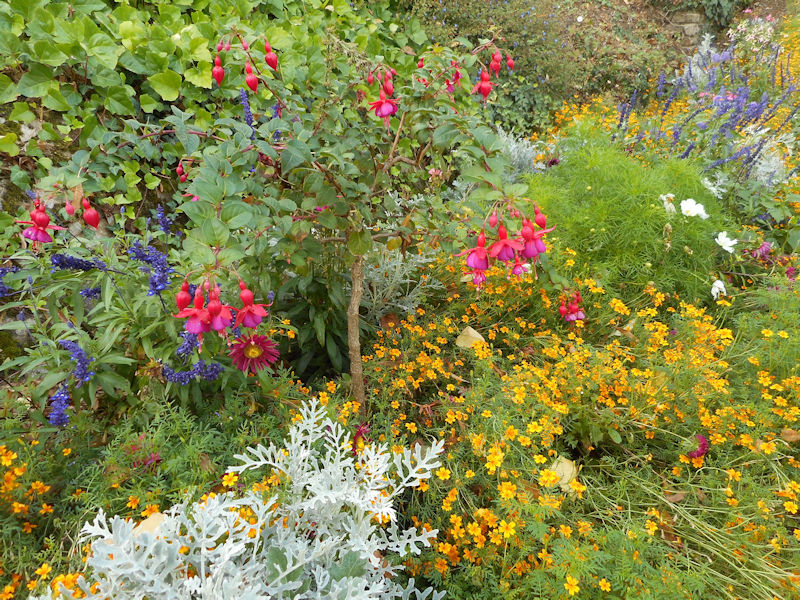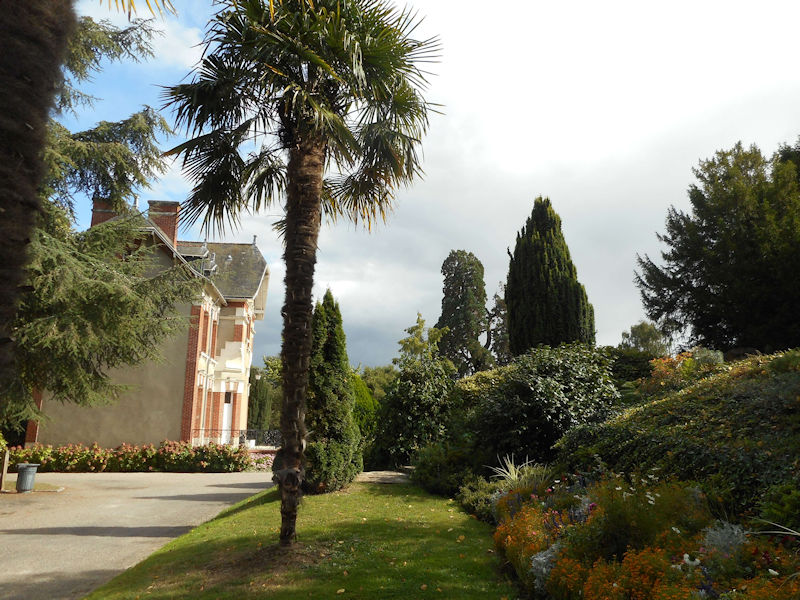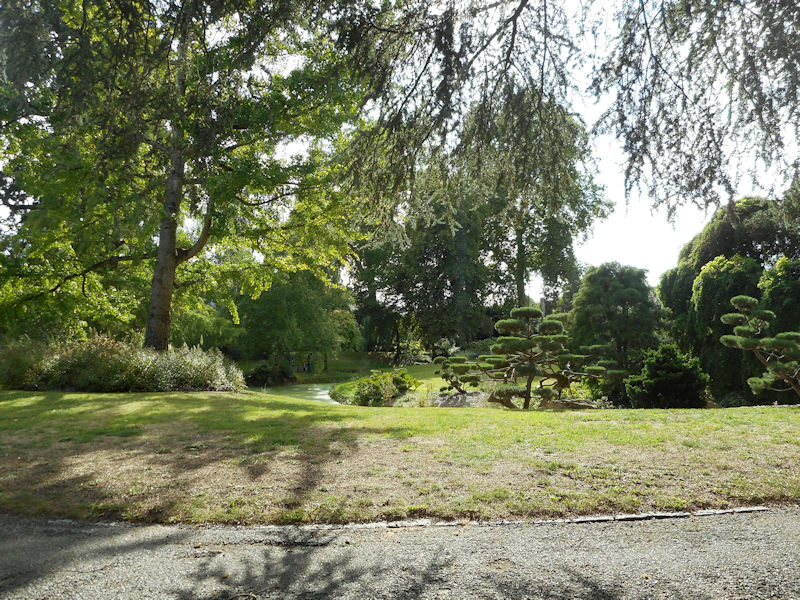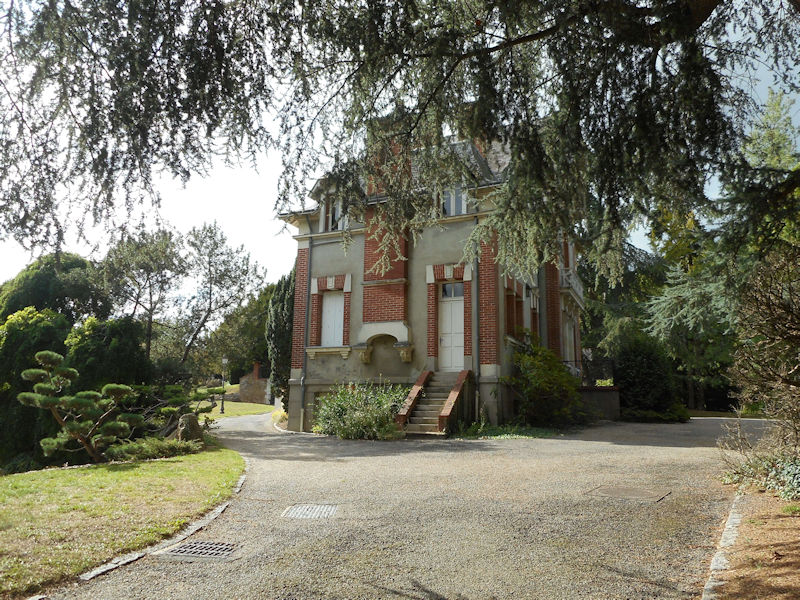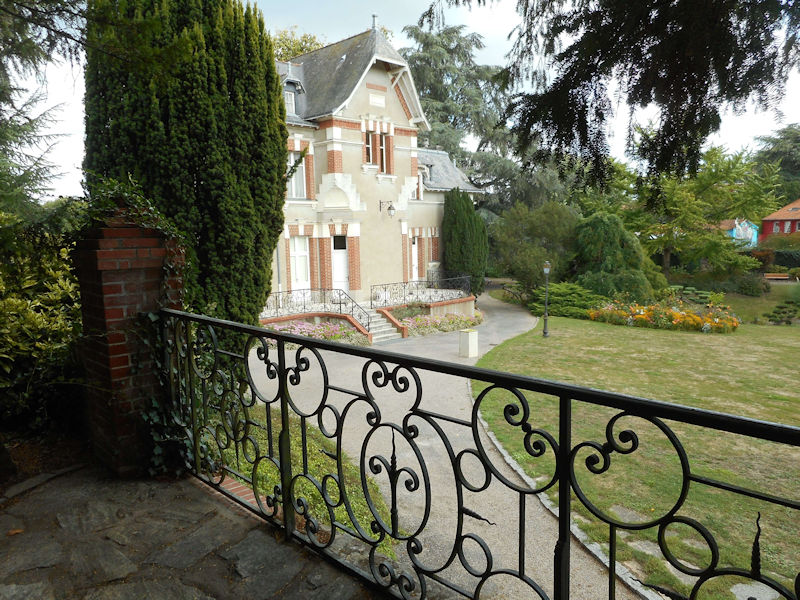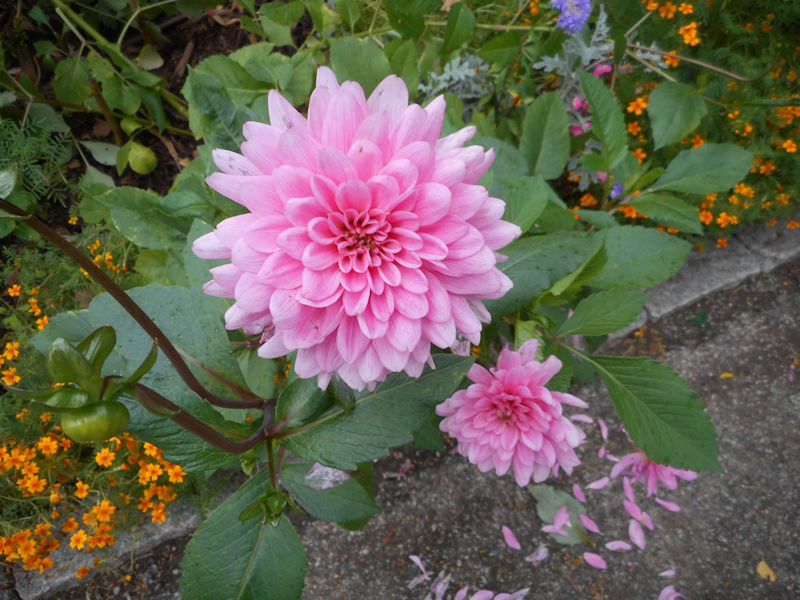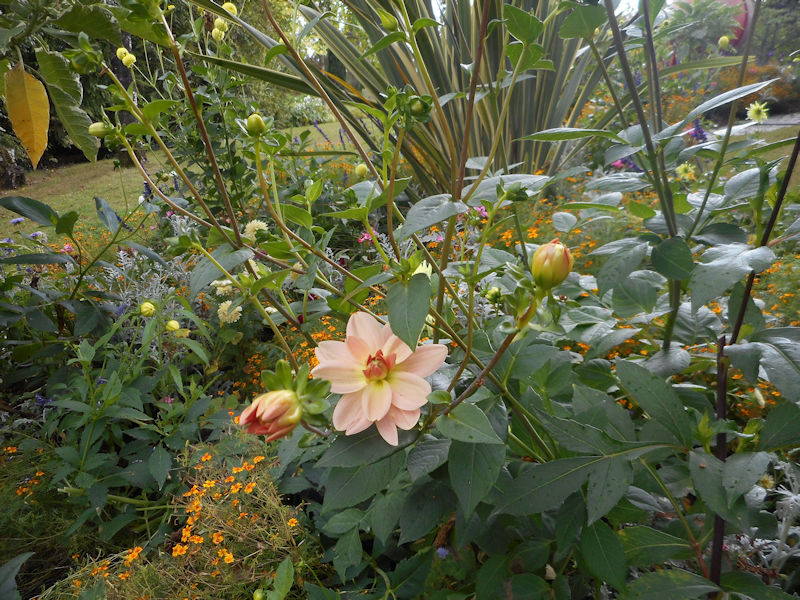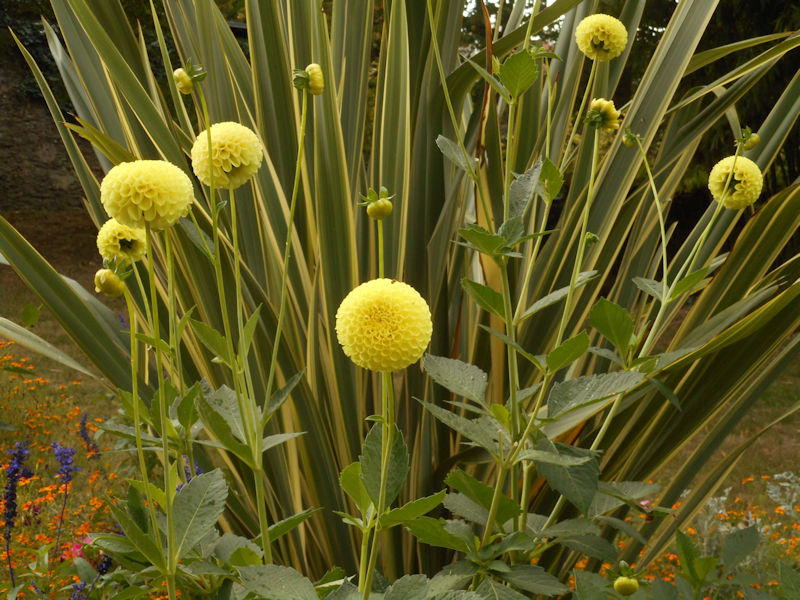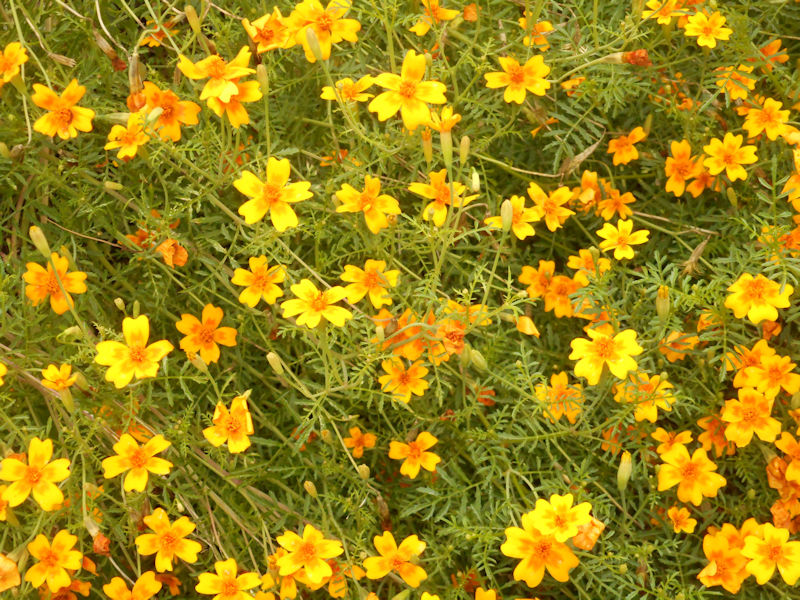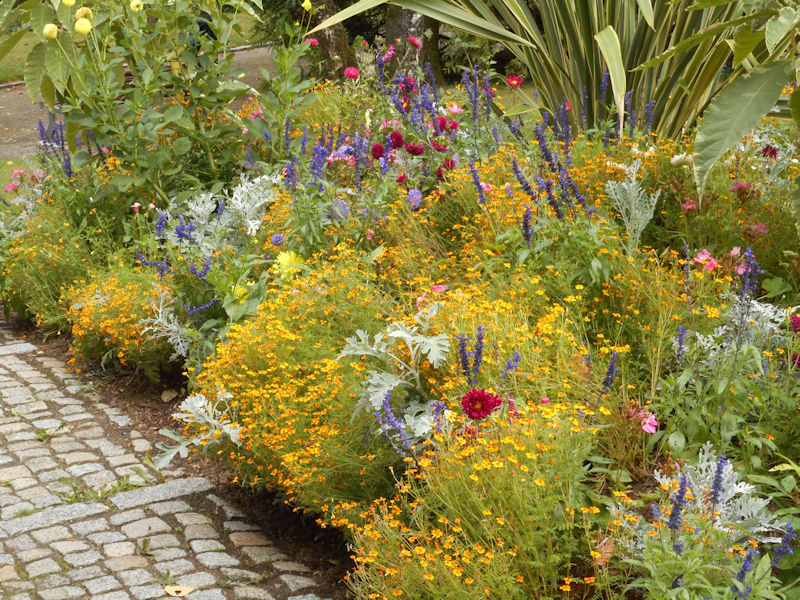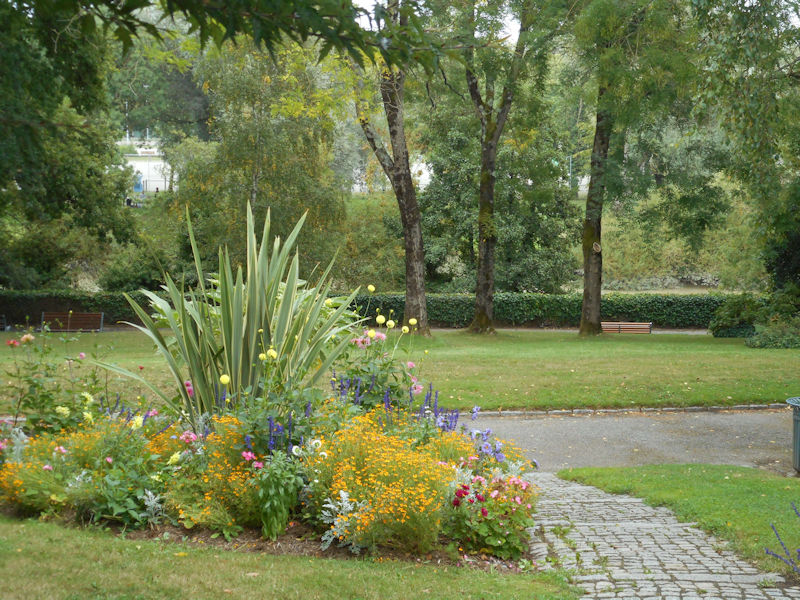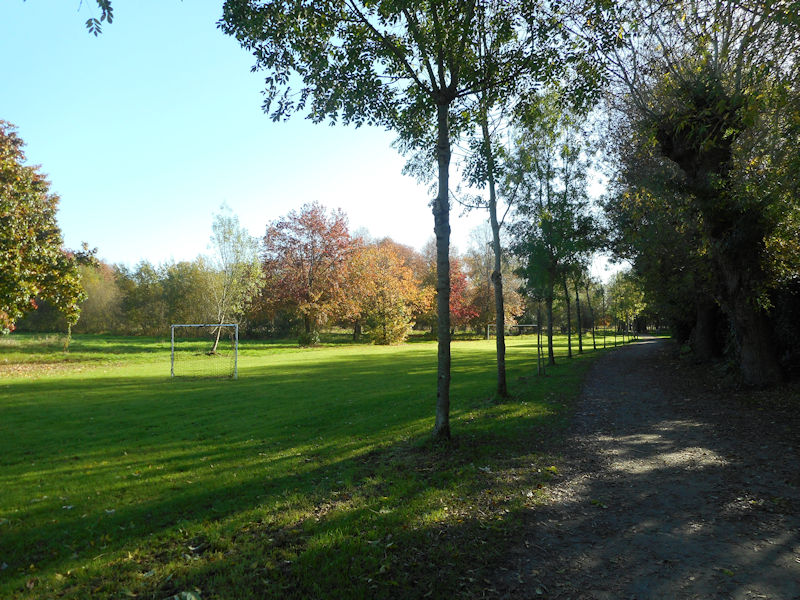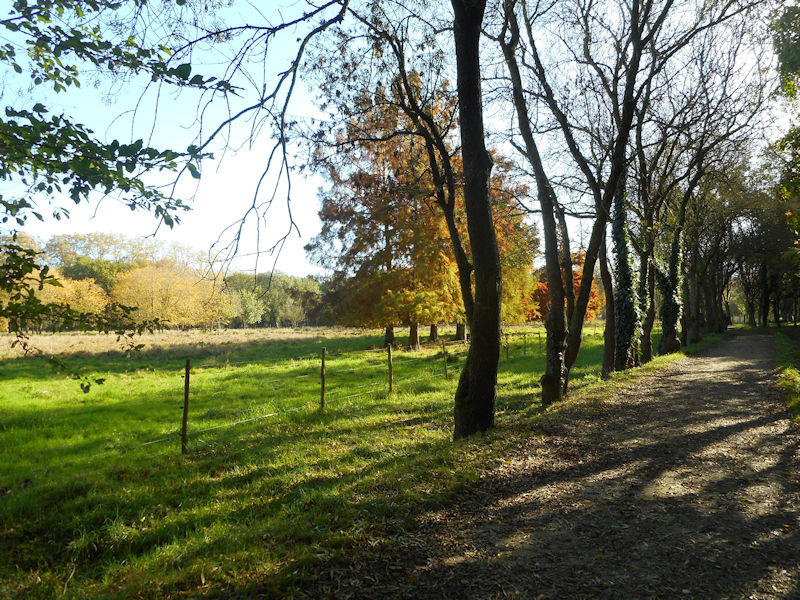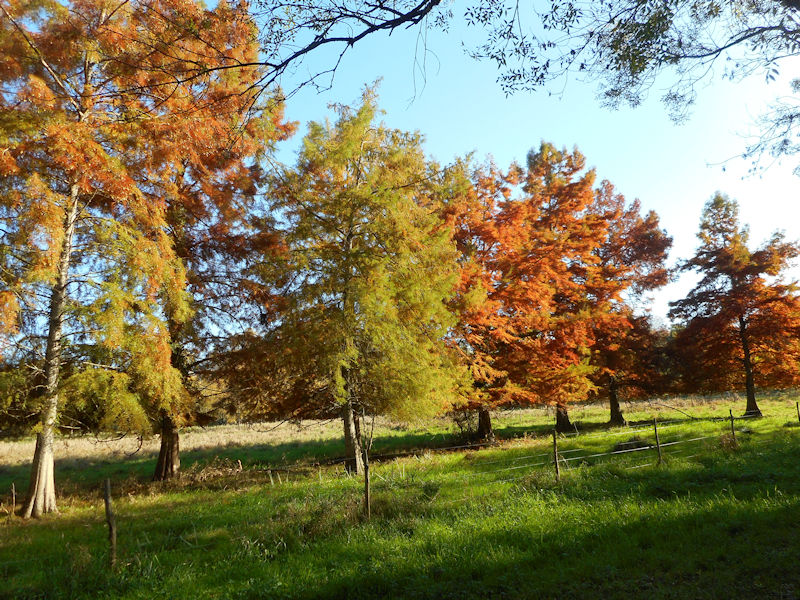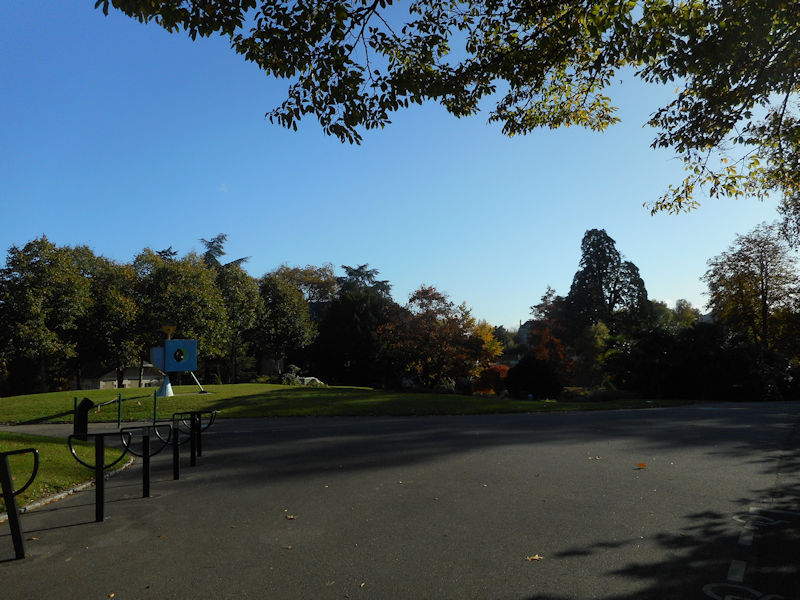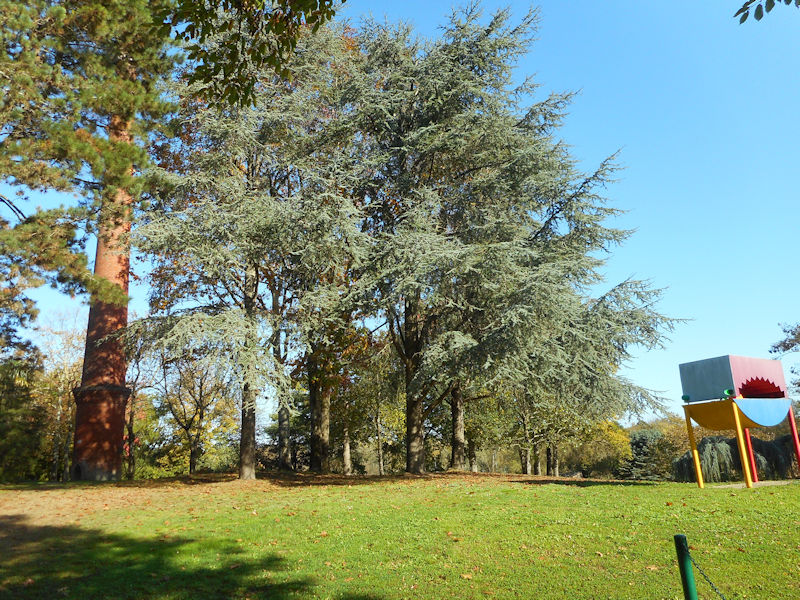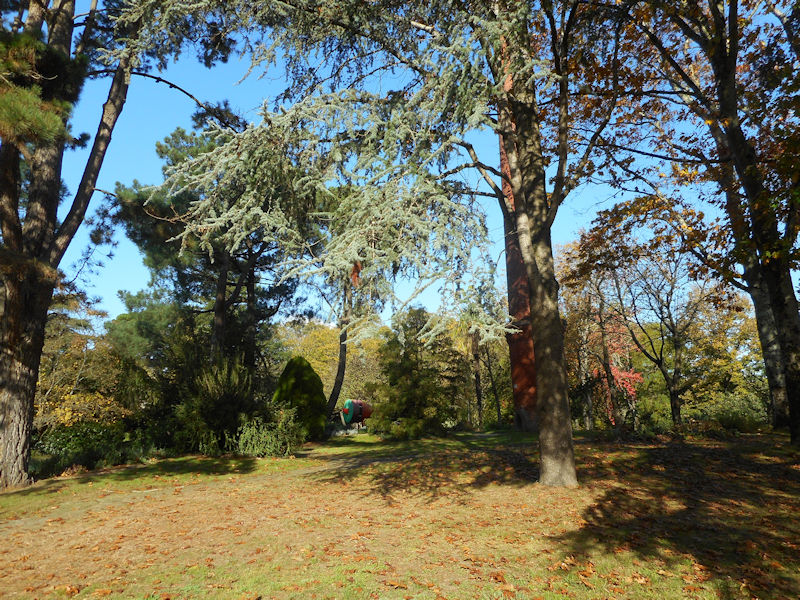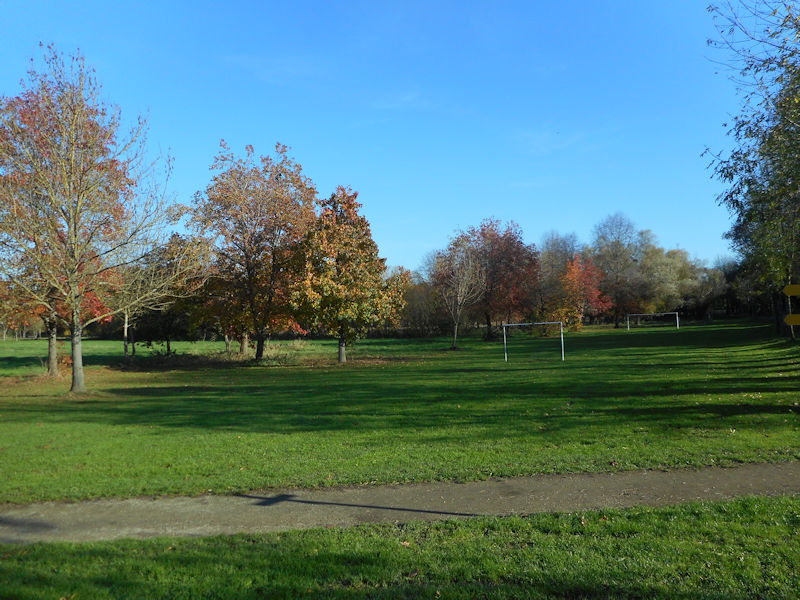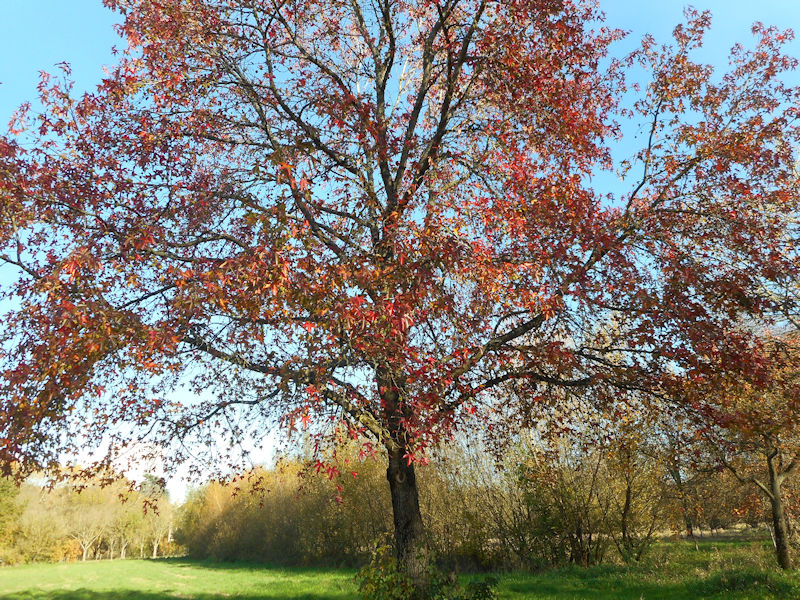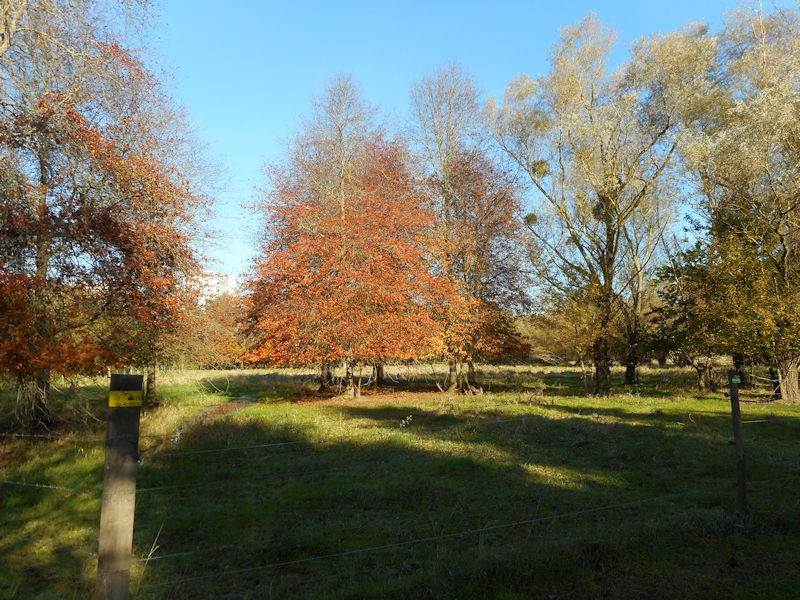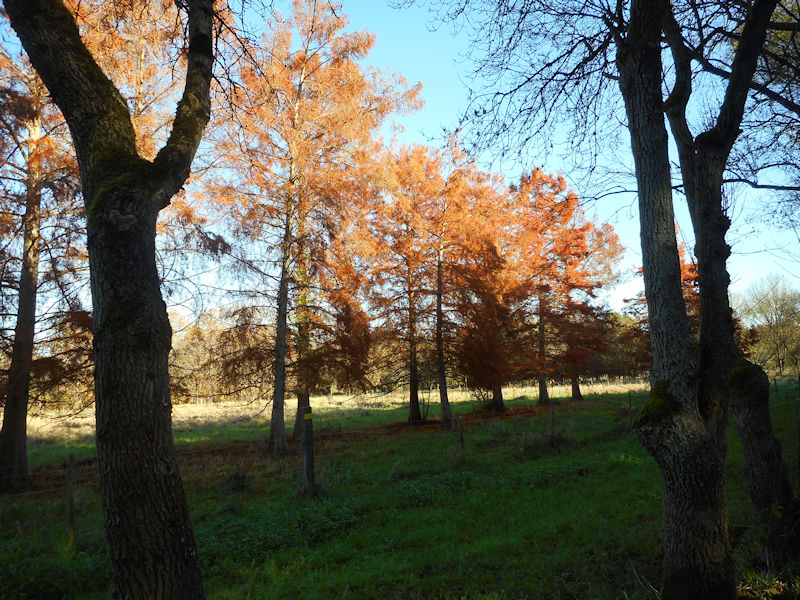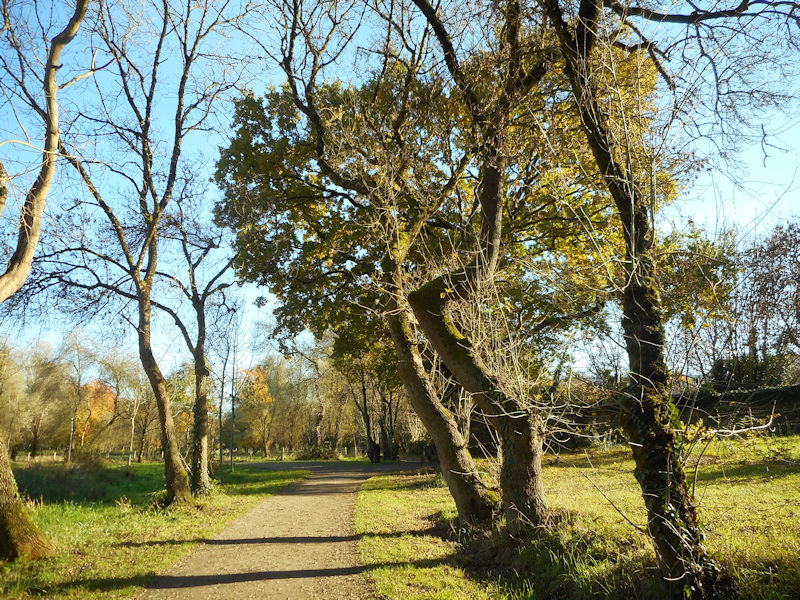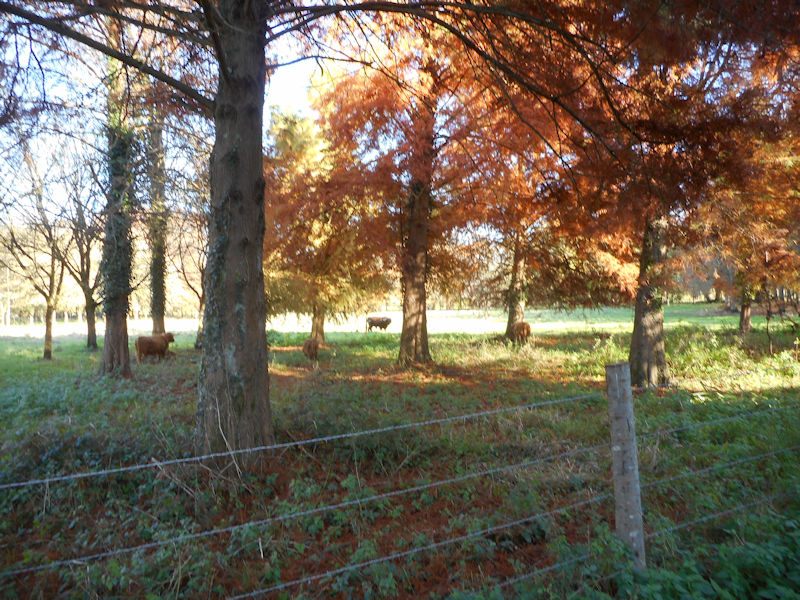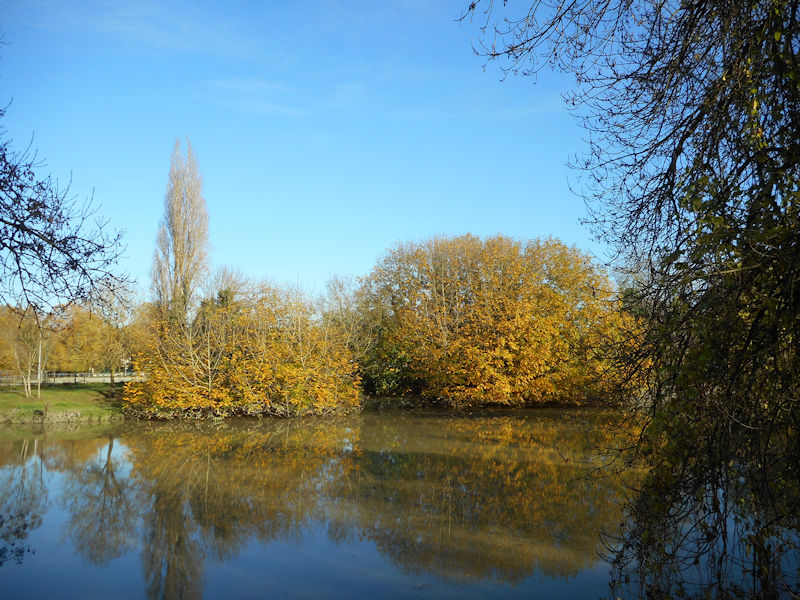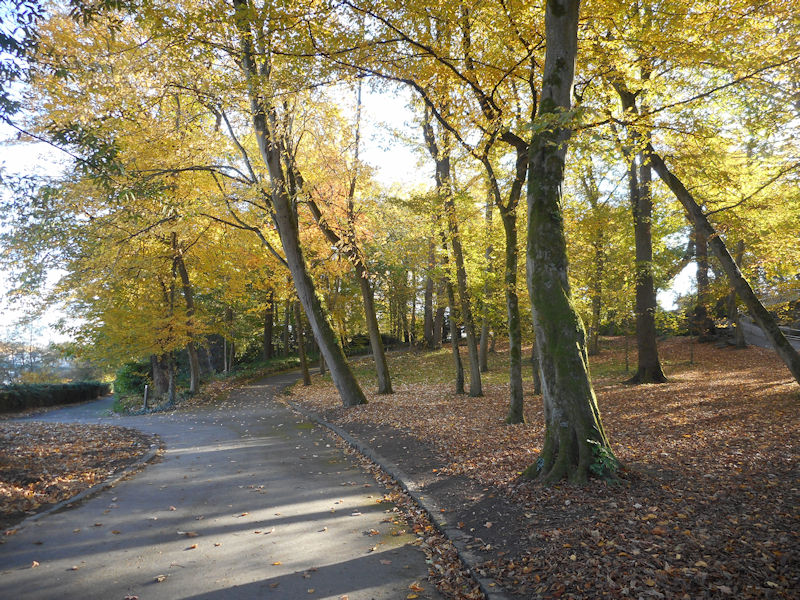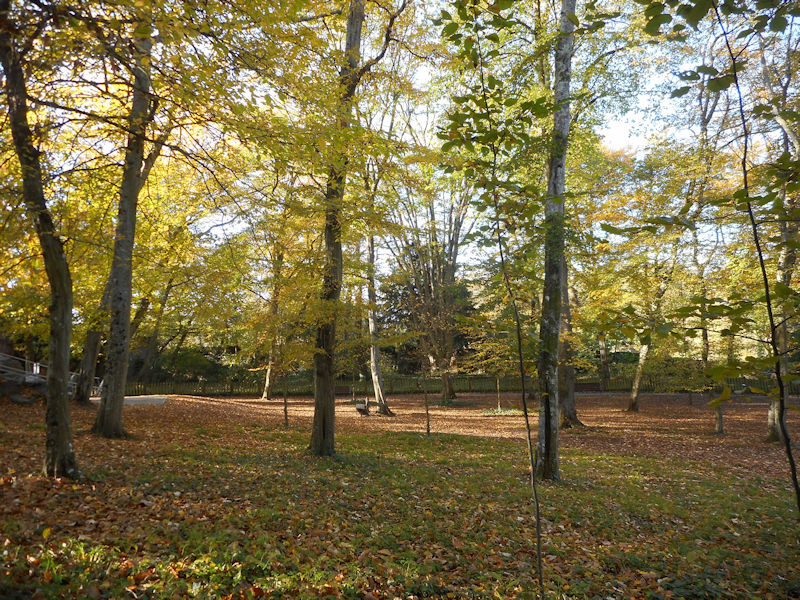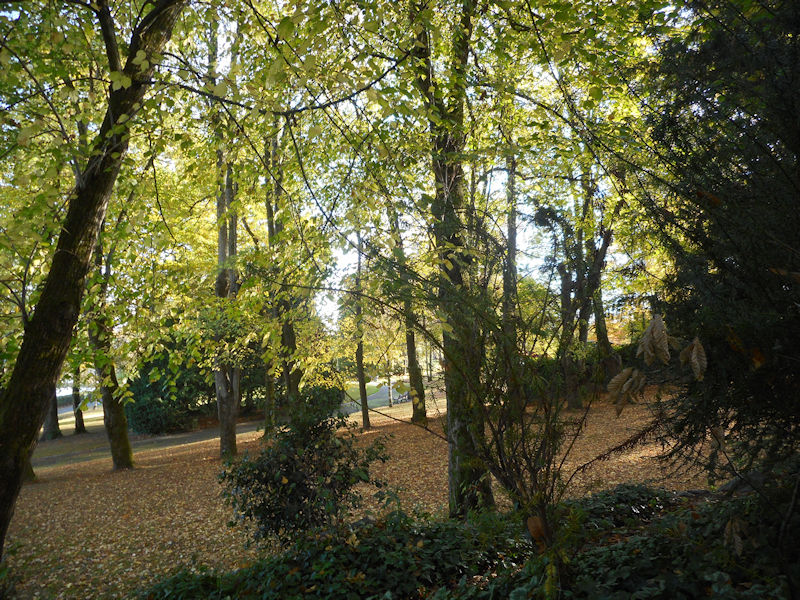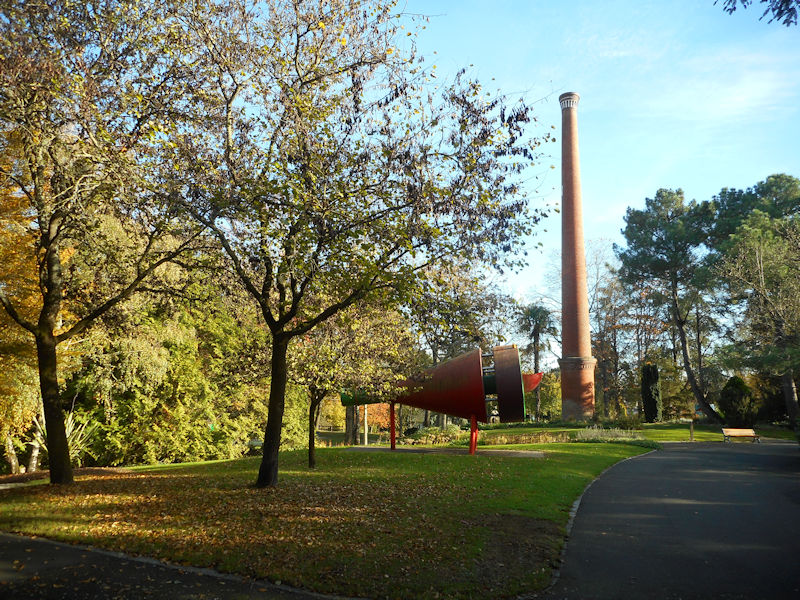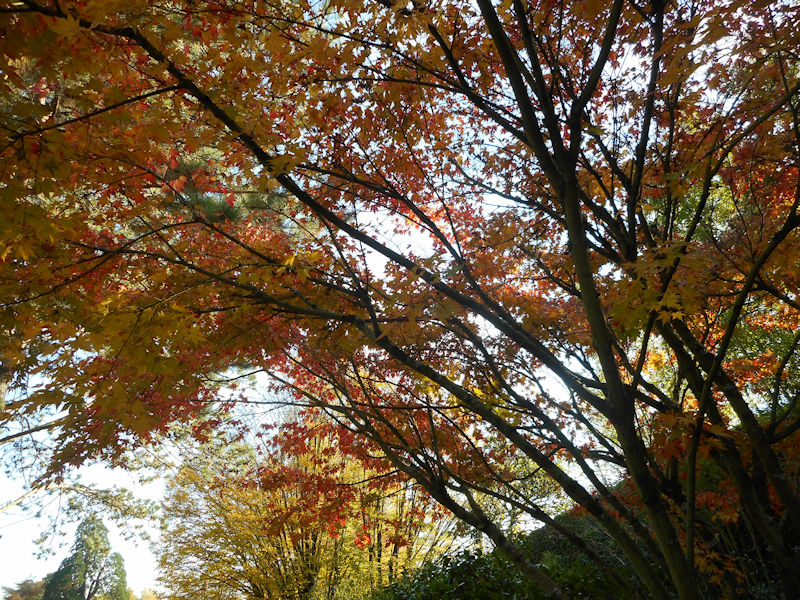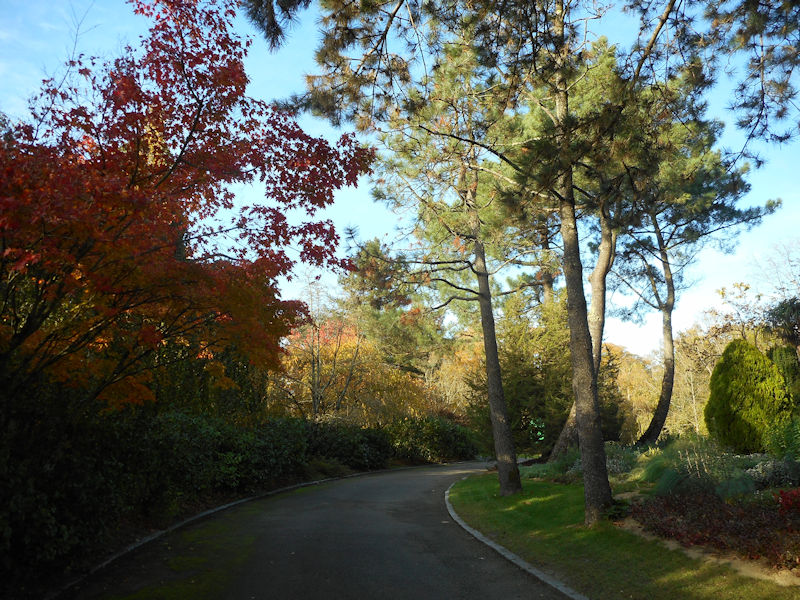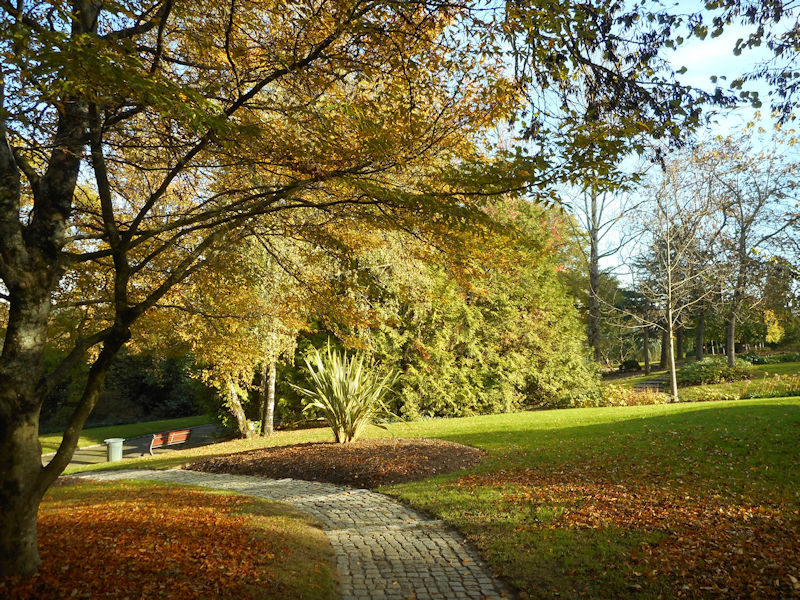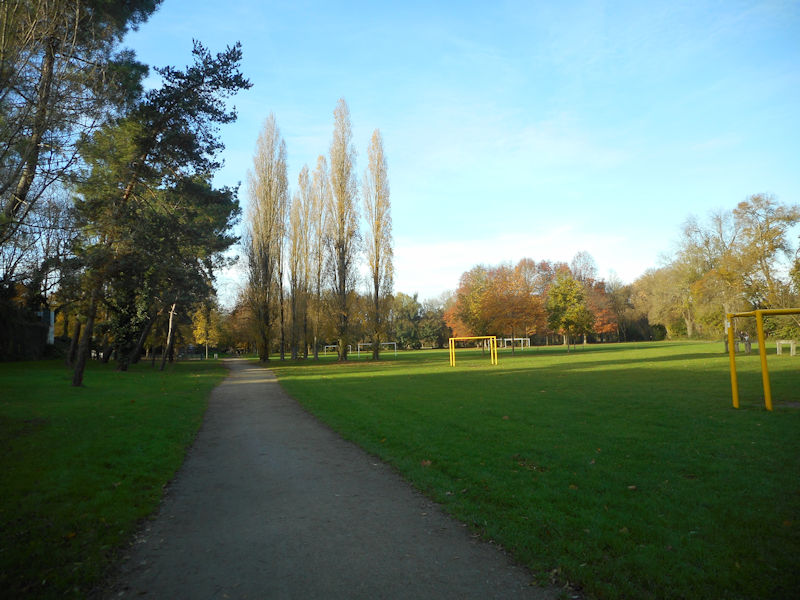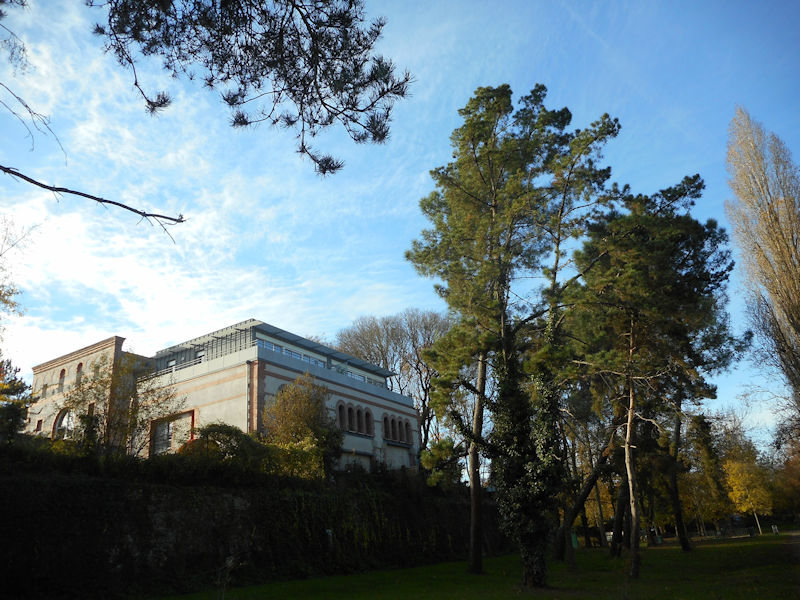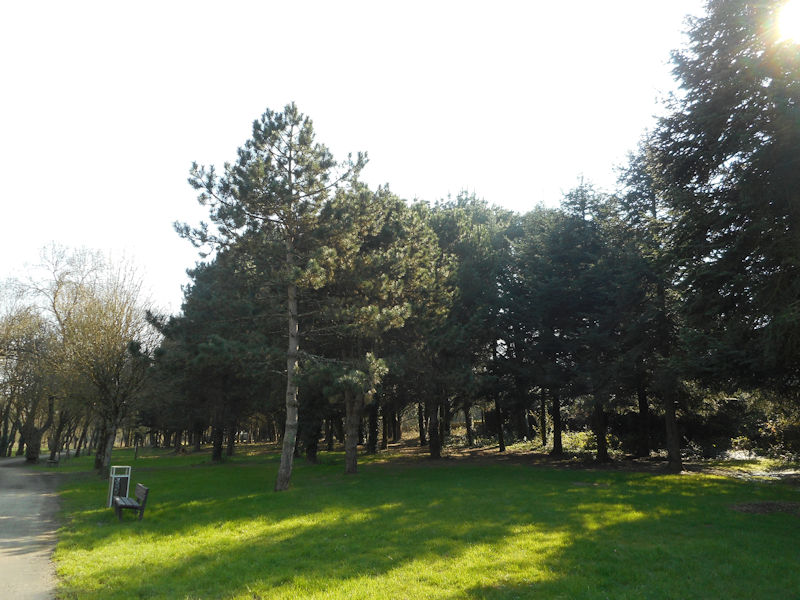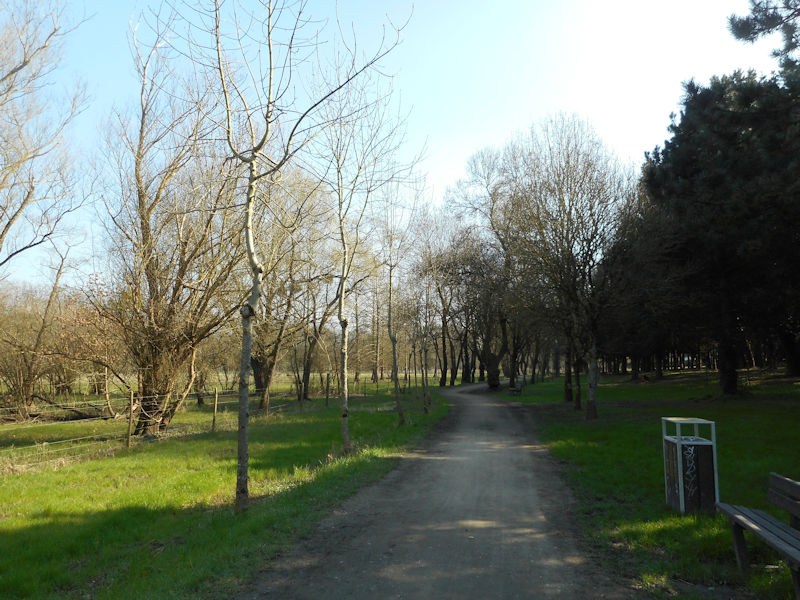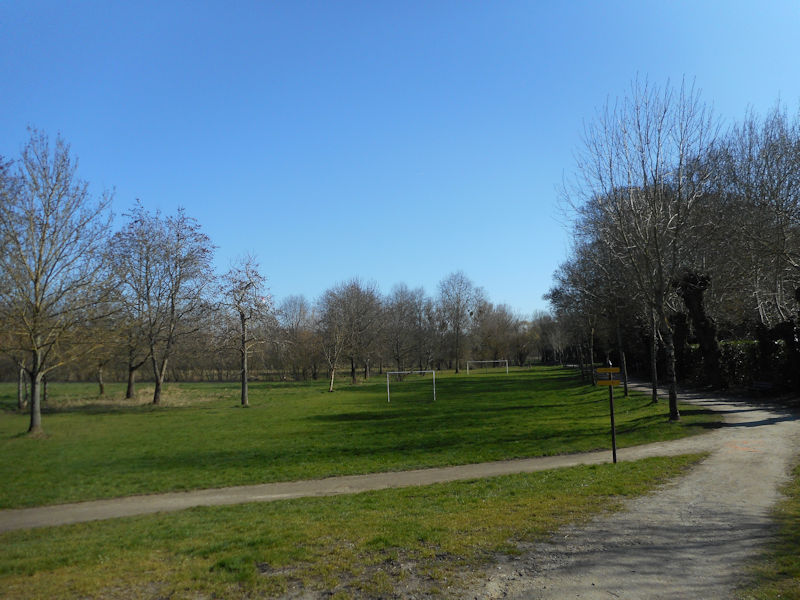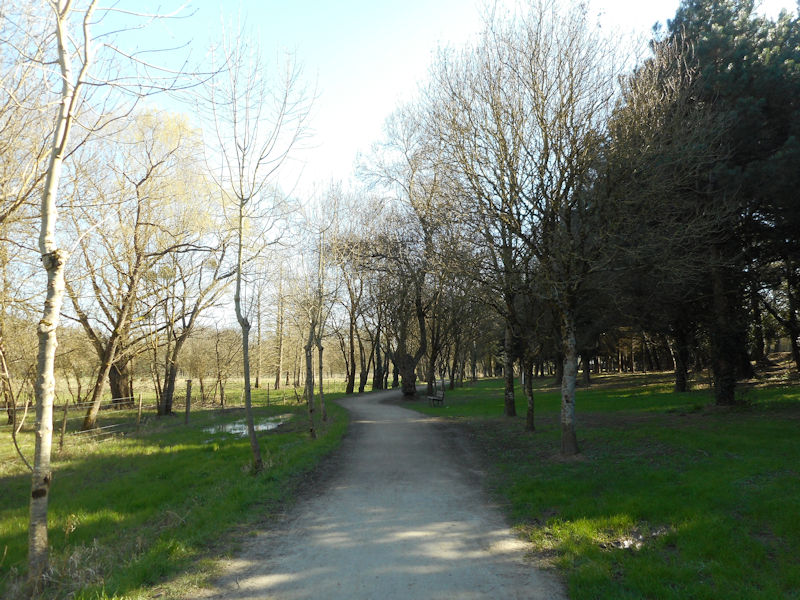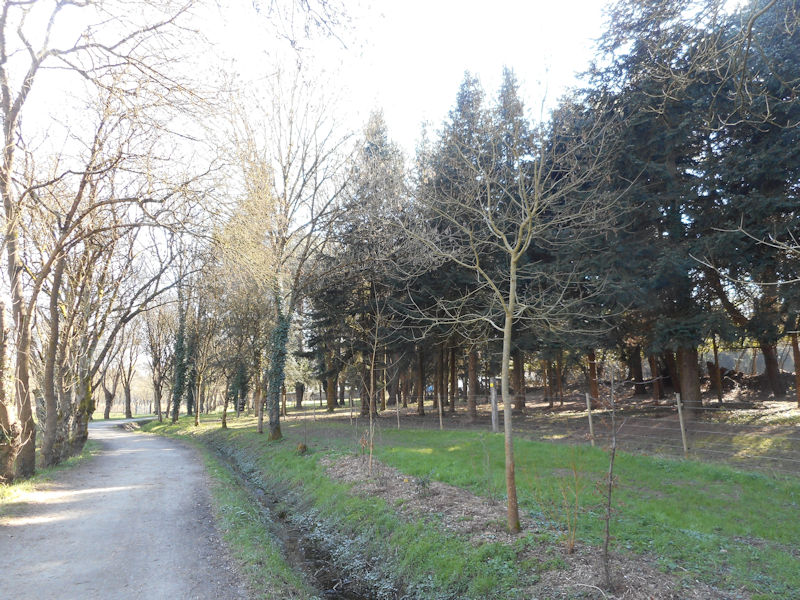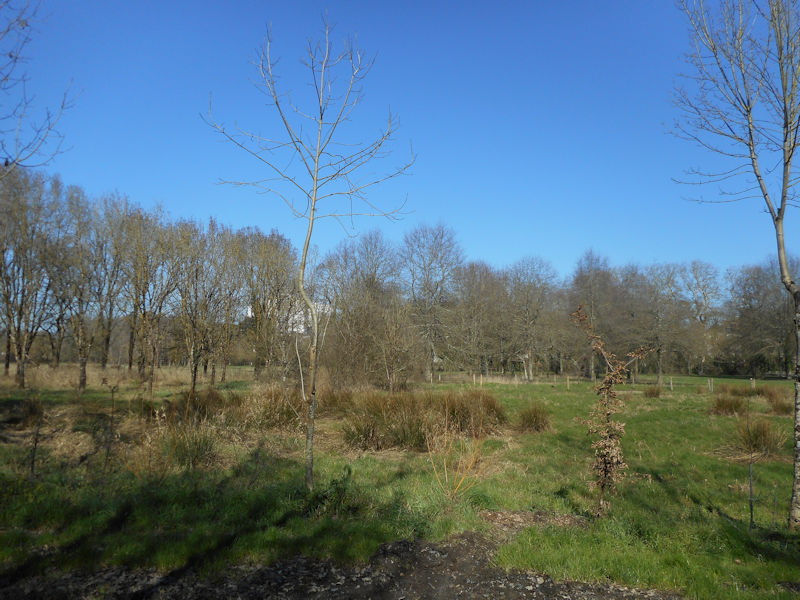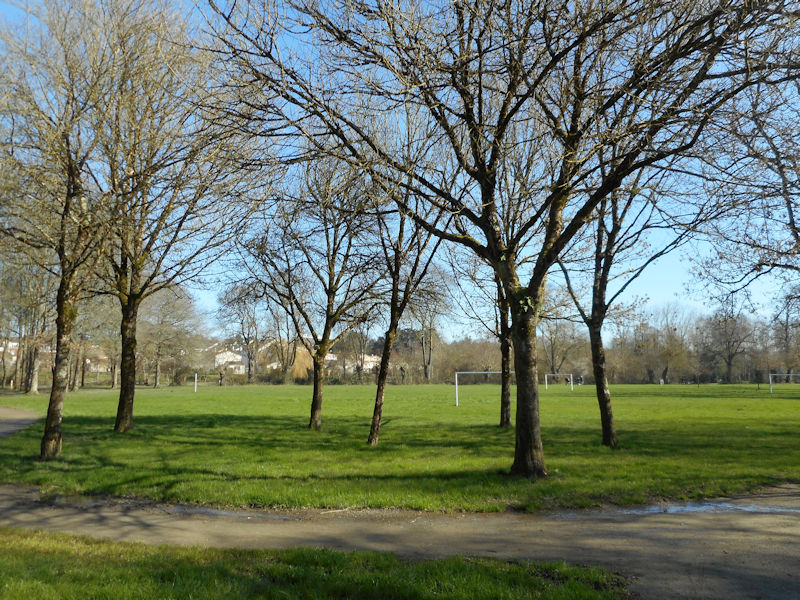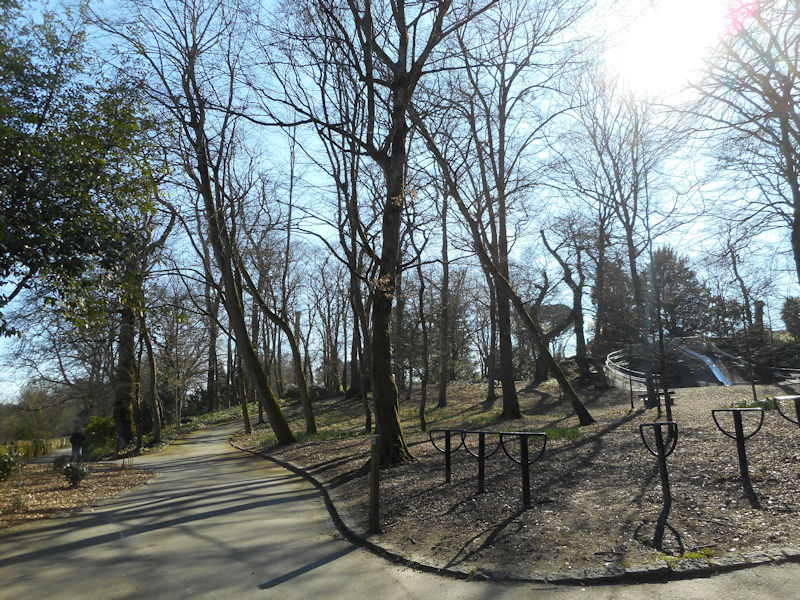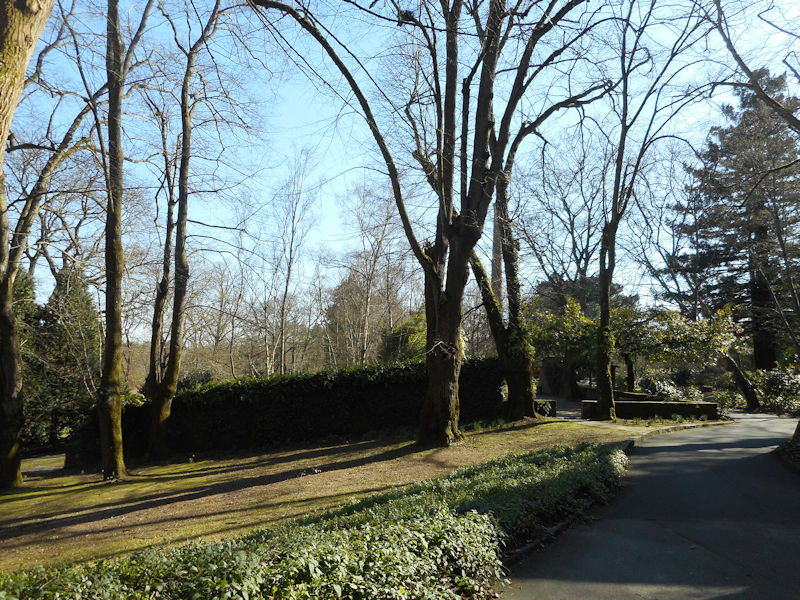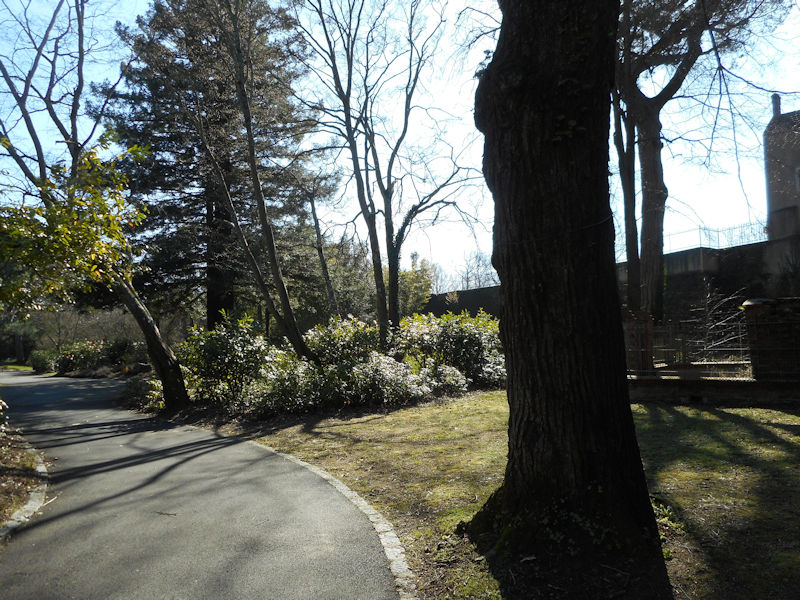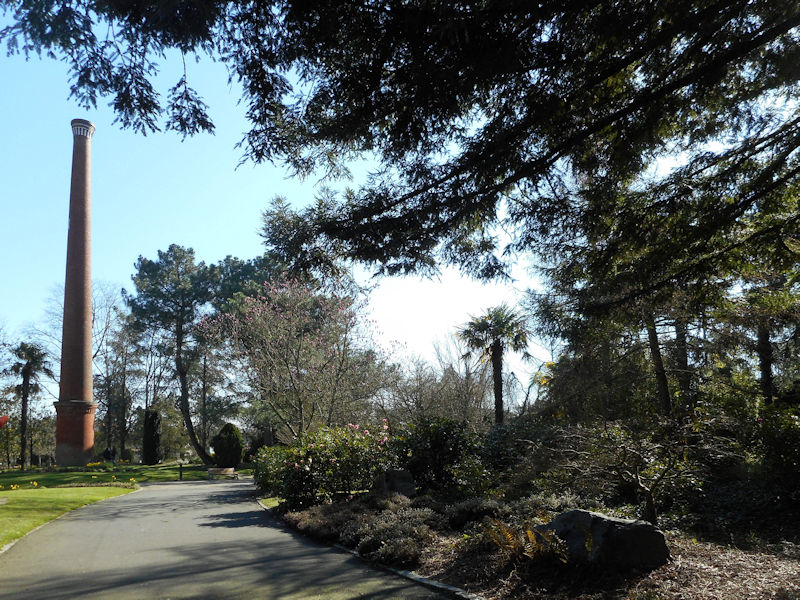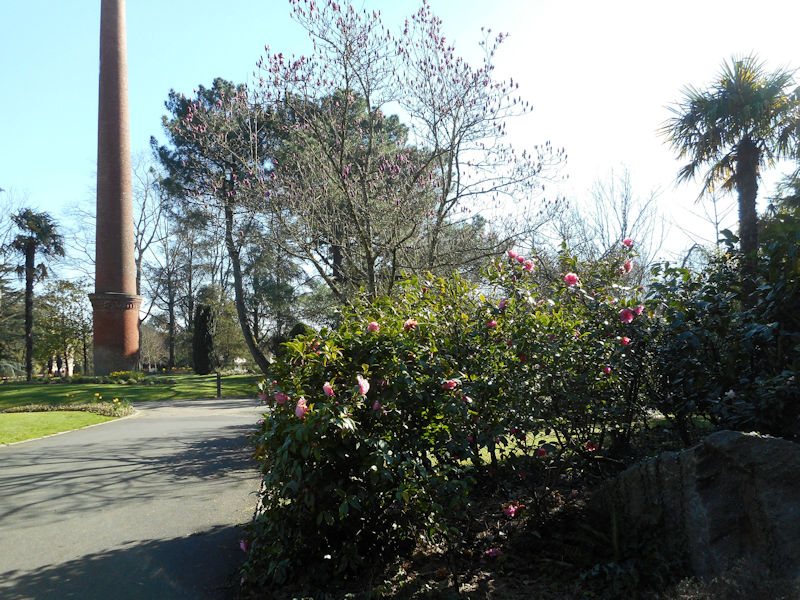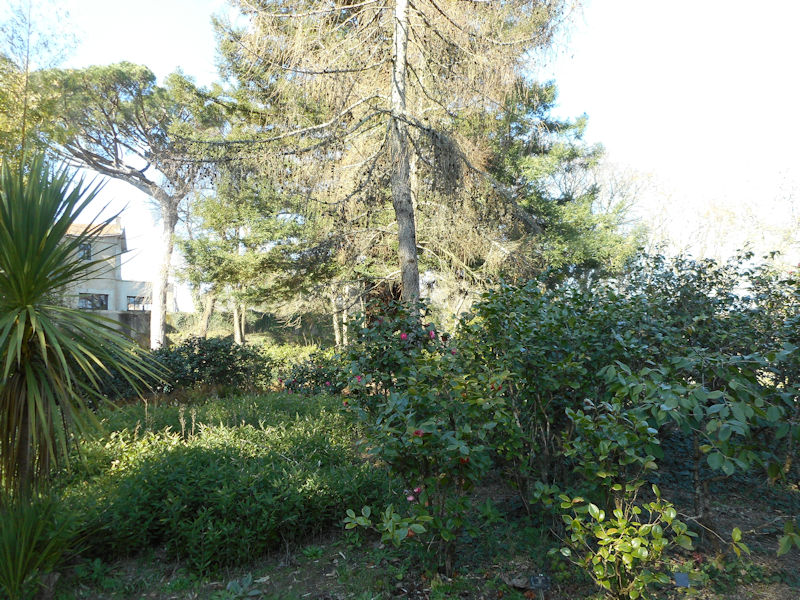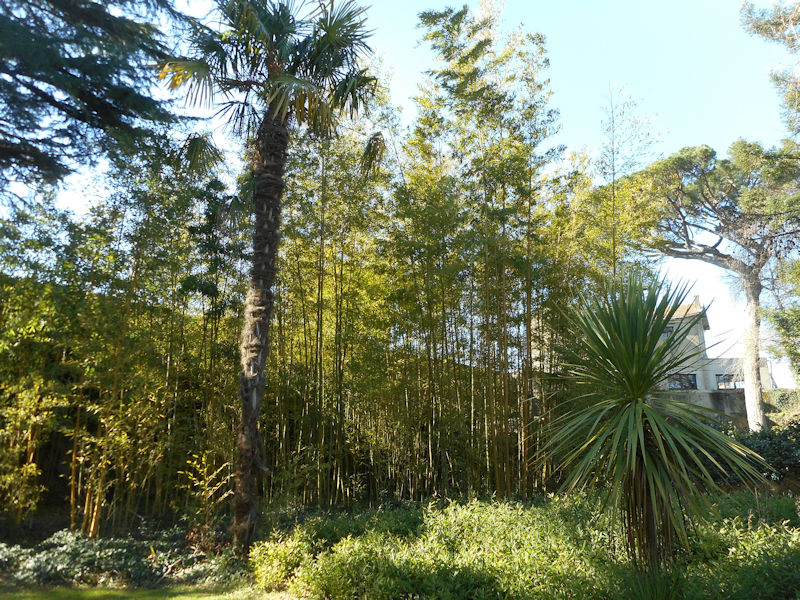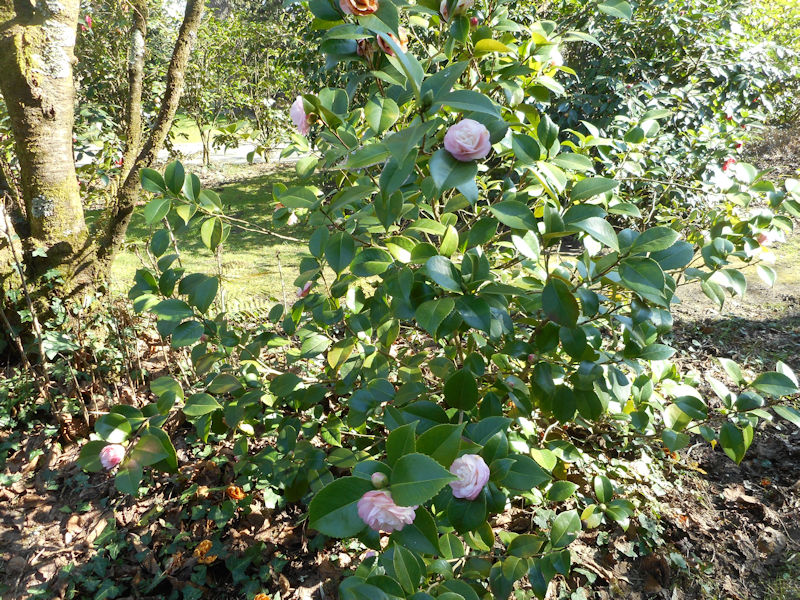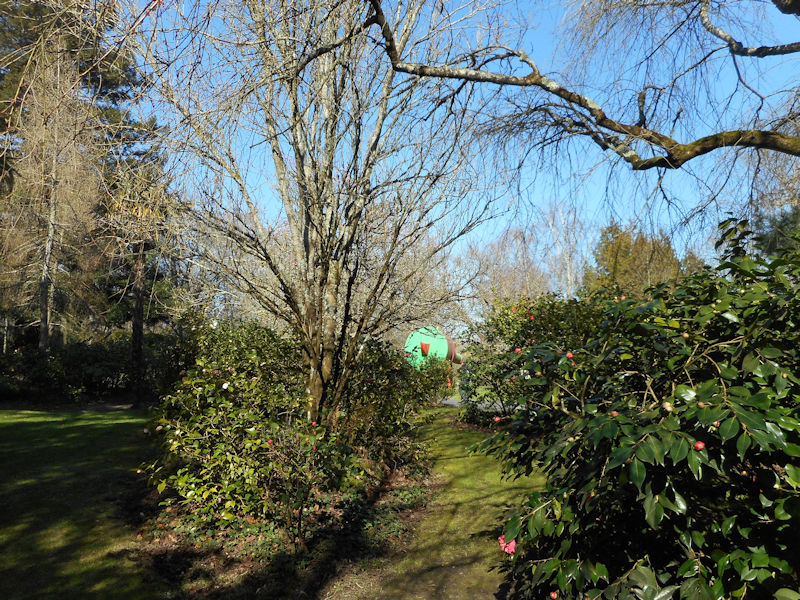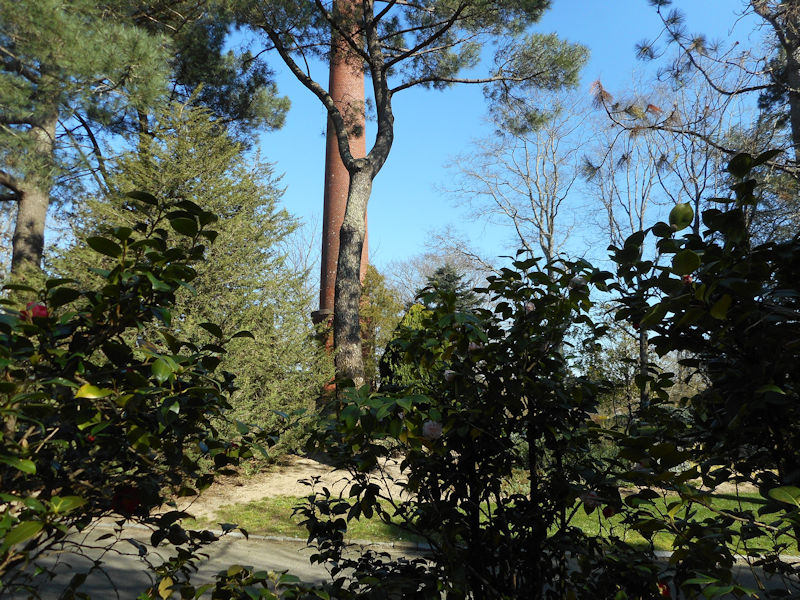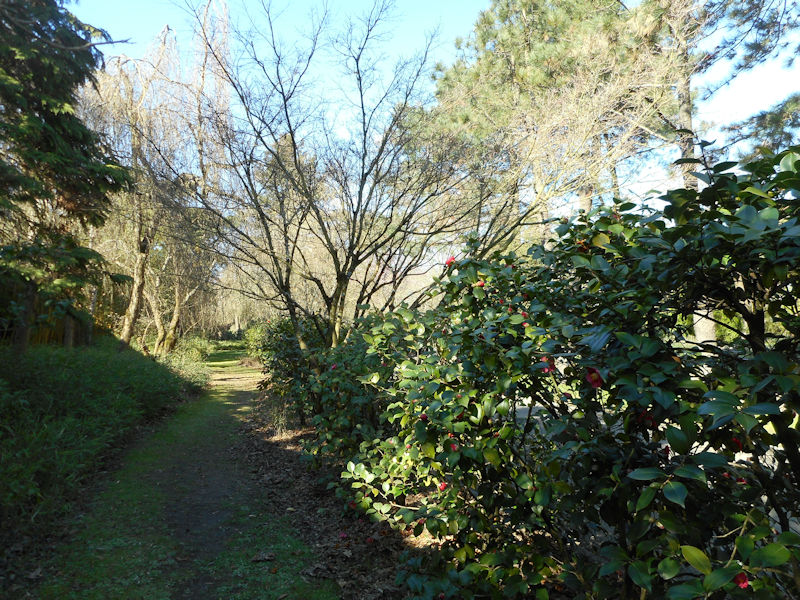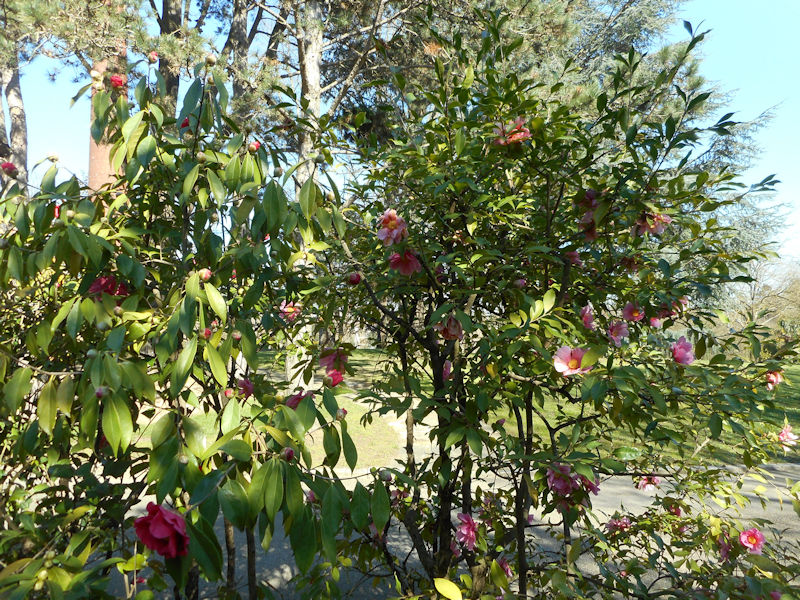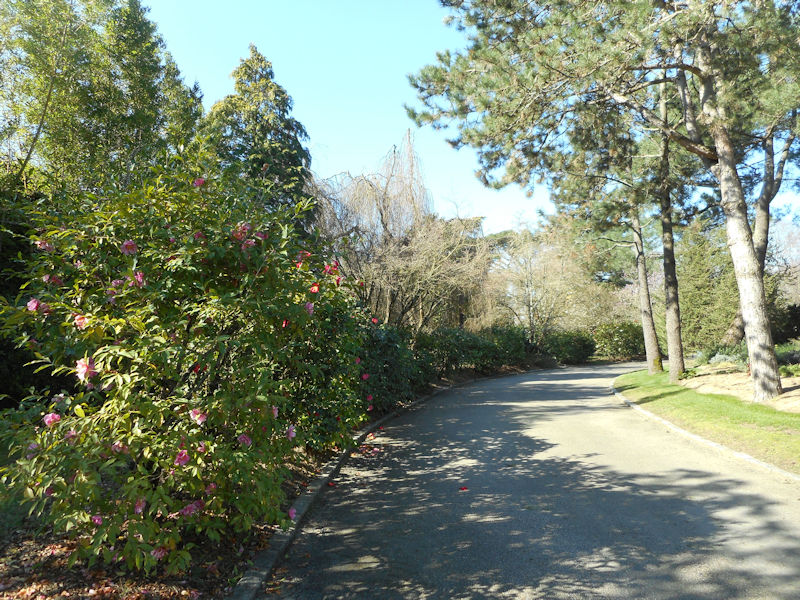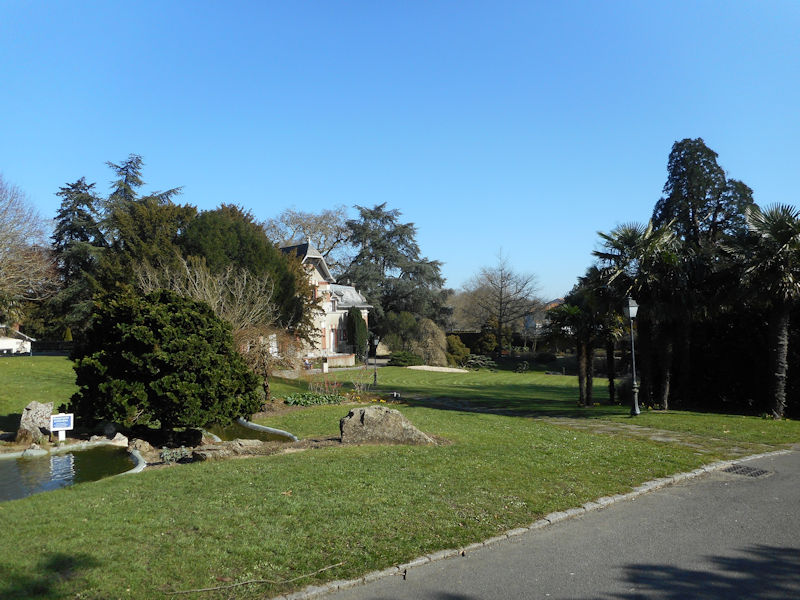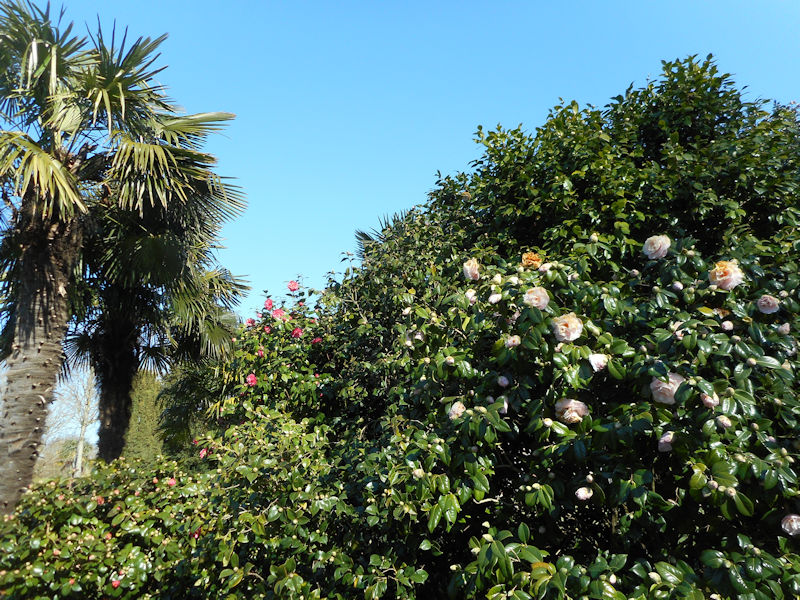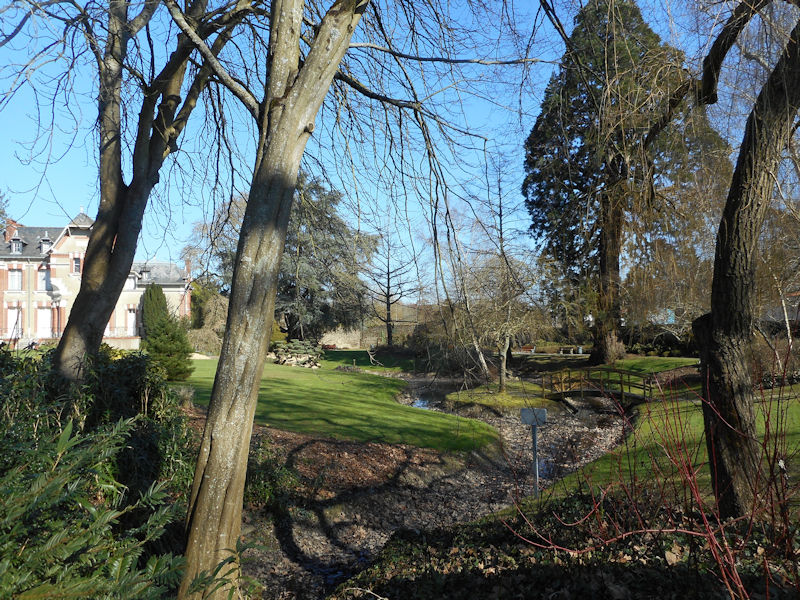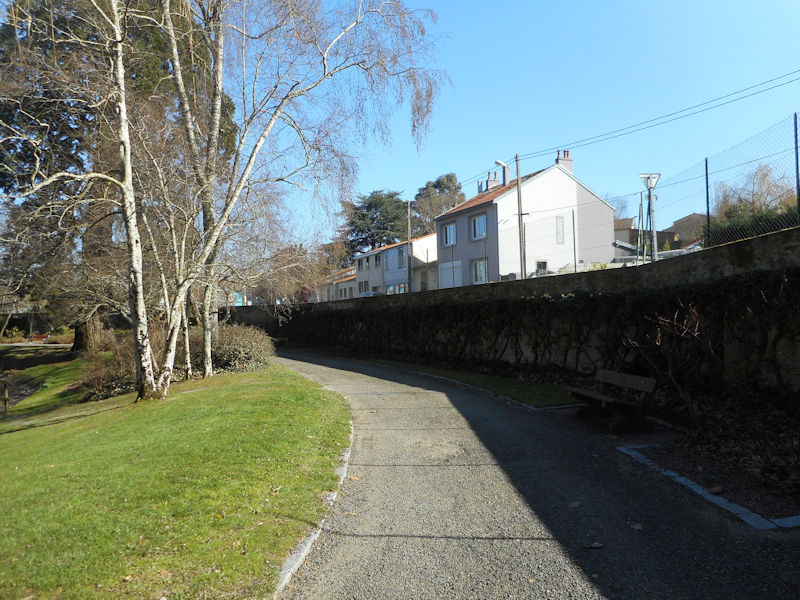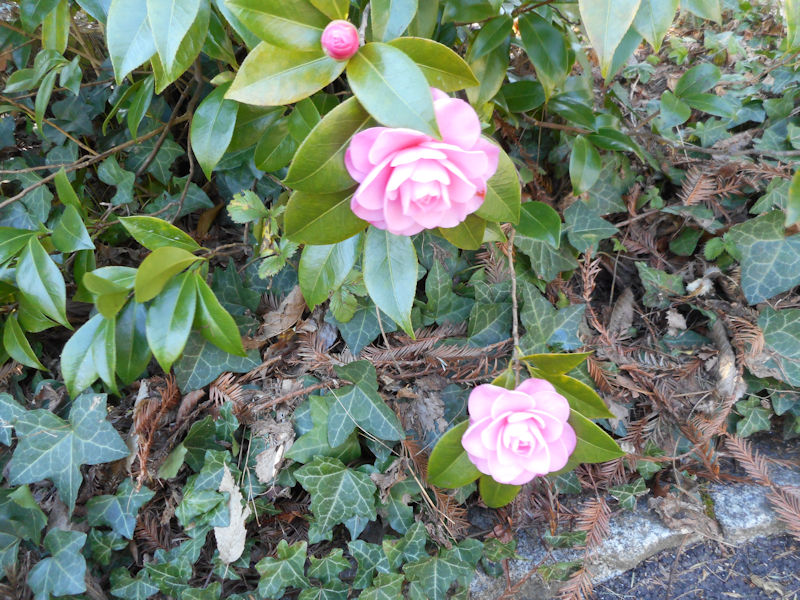I won’t ever forget the exhilaration during my first Summer in France as I discovered the manor and its Japanese garden reached via a park which shared an overgrown boundary with the rear of our garden. I came to it unexpectedly under the huge Japanese elm at the end of three kilometers of cow paddocks and shady riverbank paths, somewhere between lazy suburbia and heaven. The soft shadows of the glades give way to remnants of an industrial past. We sat and ate cake from an old painted cake tin and I knew there and then, I was in France.
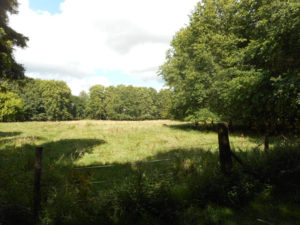
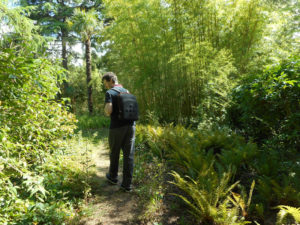
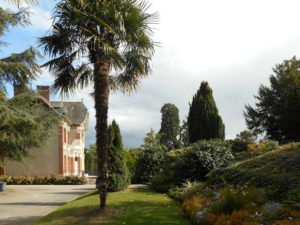
History
In 1972 Rezé City bought the Morinière Park, in order to preserve the green areas. Today, it is the second historic park of Rezé.
In the park of Morinière on the edge of the Sèvre, the brick chimney testifies to the industrial past of the site- powder deposit, fertilizer factory, palm oil production in the eighteenth century. Industrial plants follow one another on the site of Morinière. With the Sèvre two steps away and Port Morinière, now Léon-Sécher wharf, the transportation of industrial products by boat was easy.
In the middle of the 19th century the site was purchased by Henri Suzer who transformed Morinière tannery and the factory manufactured gaiters for the army. The war of 1870 signified a golden age of the tannery and the factory thrived employing nearly a thousand people on two sites, Morinière and the Isle of Versailles. Henri Suzer took the opportunity to build the manor, which he called “Le petit Choisy sur Sèvre”.
At the death of Henri Suzer, his son took responsibility for the factory but activity was slow and the factory was sold in 1894. The Society of Chemicals, Nantes took over with its manufacture of “blues” used to treat gold ores and in 1905 an explosion discharged toxic waste into the Sèvre, which colored the rock in blue, hence the name, the blue path. After the First World War, the factory no longer was in operation but the manor remained inhabited.
In 1972, the city bought four hectares of the site, the manor and the buildings for 800 000 F. If the manor was in a good state, the industrial buildings were dilapidated. The chimney stamped “SN” sits in the middle of the plants. It is not so much the manor as the ground which interests Rezé. At the time, the only park in the town was the Carterie, in the district Pont-Rousseau. It was therefore a policy of preservation of green areas and development of relaxation areas that pushed the city to acquire the Morinière.
The land was converted into a park, the old tannery into a reception center for foreign delegations and the manor ground floor used as an exhibition space in the Summer months.
CLICK Refresh FOR SLIDES
